Phoenix tattoos are very popular. The phoenix is a magical bird. It is famous for its bright feathers and rebirth. People love it across many cultures. Its image stands for change, power, and never giving up.
In this blog, we will learn all about phoenix tattoos. We will explore their history in myths from Egypt to Asia. We will see how different cultures tell the phoenix story. We will also look at art styles, colors, and designs that make these tattoos stand out.
If you want a phoenix tattoo, we have tips for you. We will help you find a skilled tattoo artist. We will talk about the best spots on your body for this design. We will show you how to make your tattoo special to you. This guide is for first-timers and tattoo fans alike.
Come along on this fun journey. We will uncover the magic and meaning of the phoenix. Let this guide inspire you to create a tattoo that tells your own story.


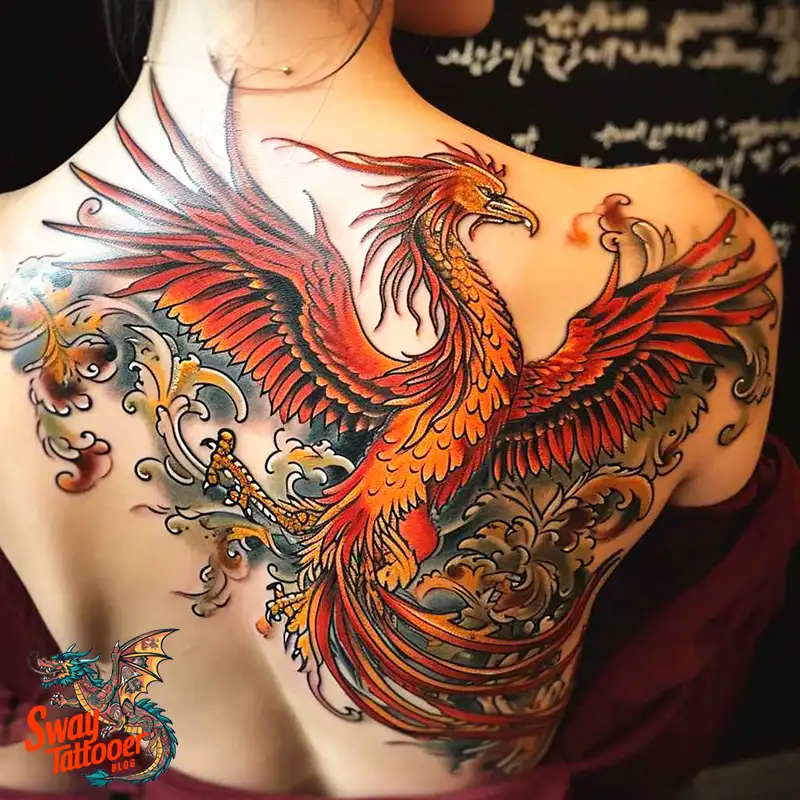

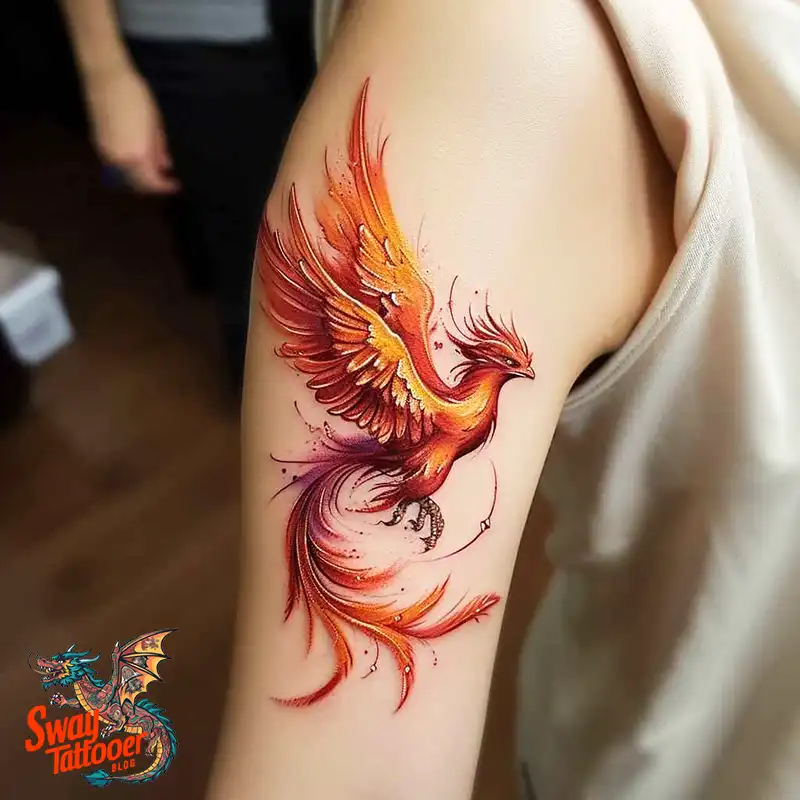

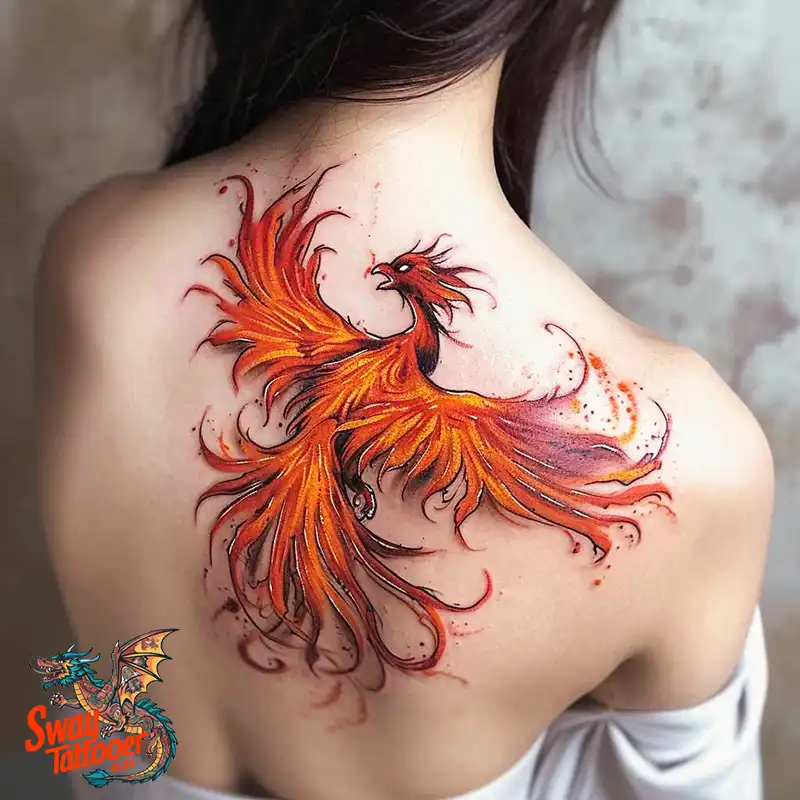
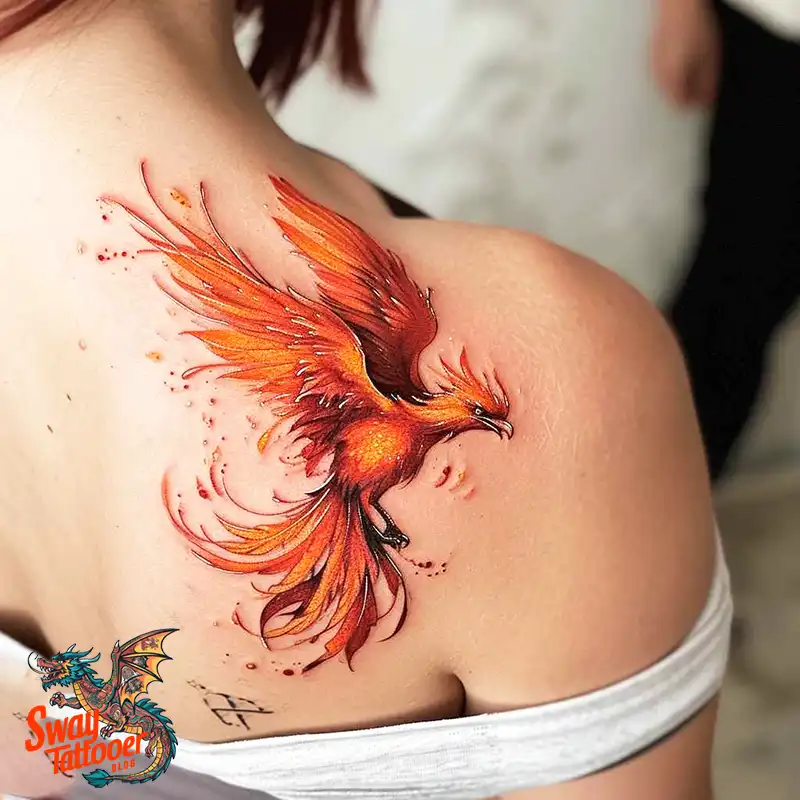
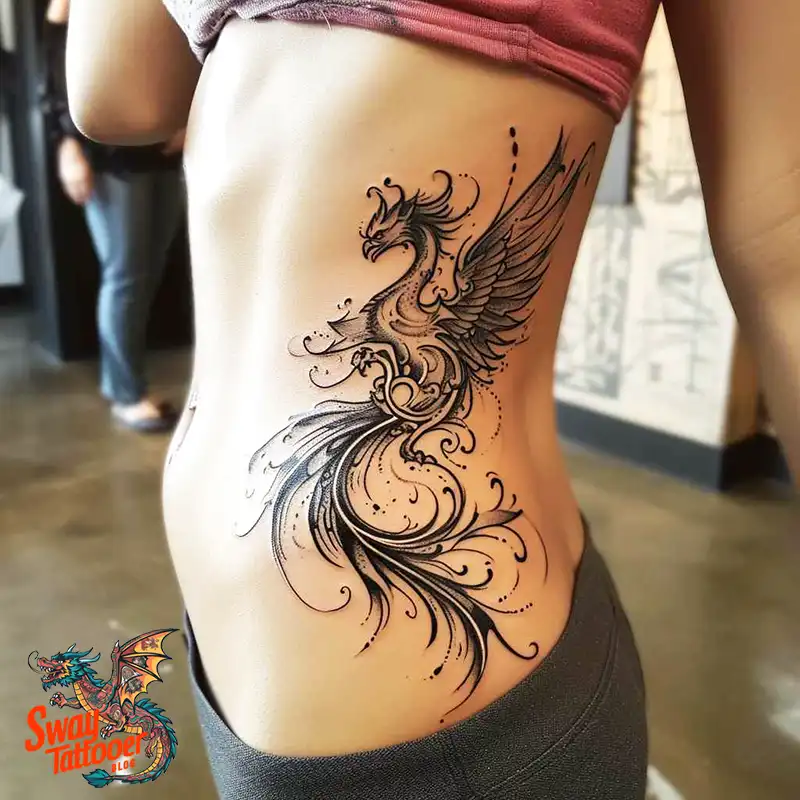
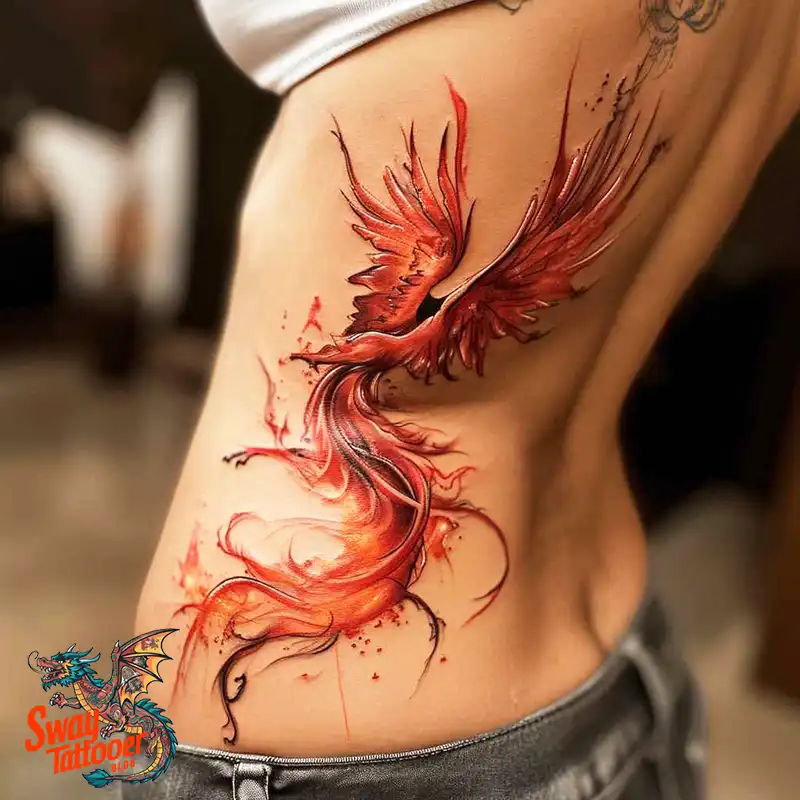
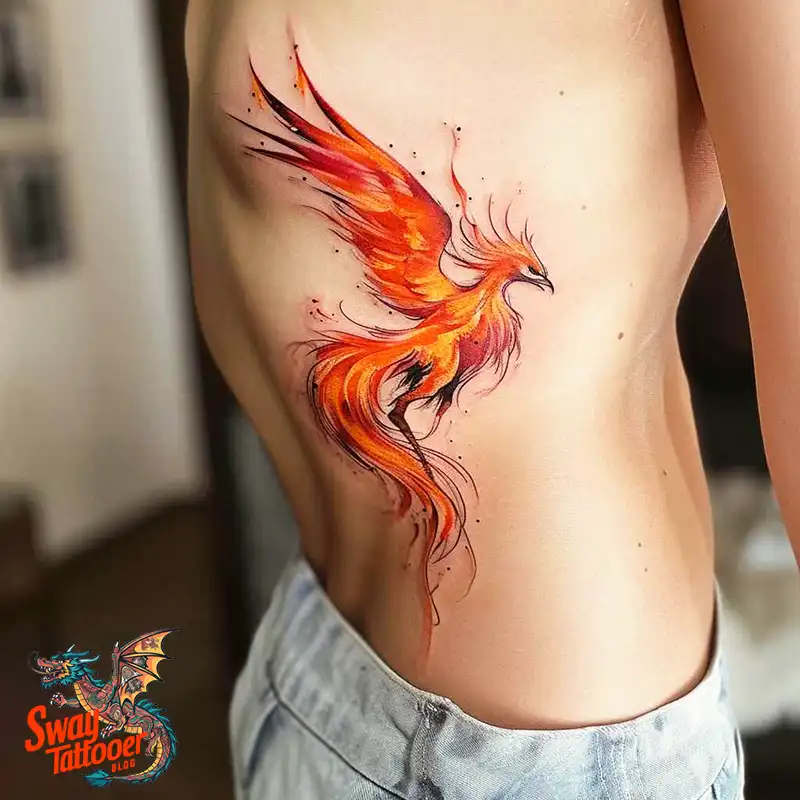
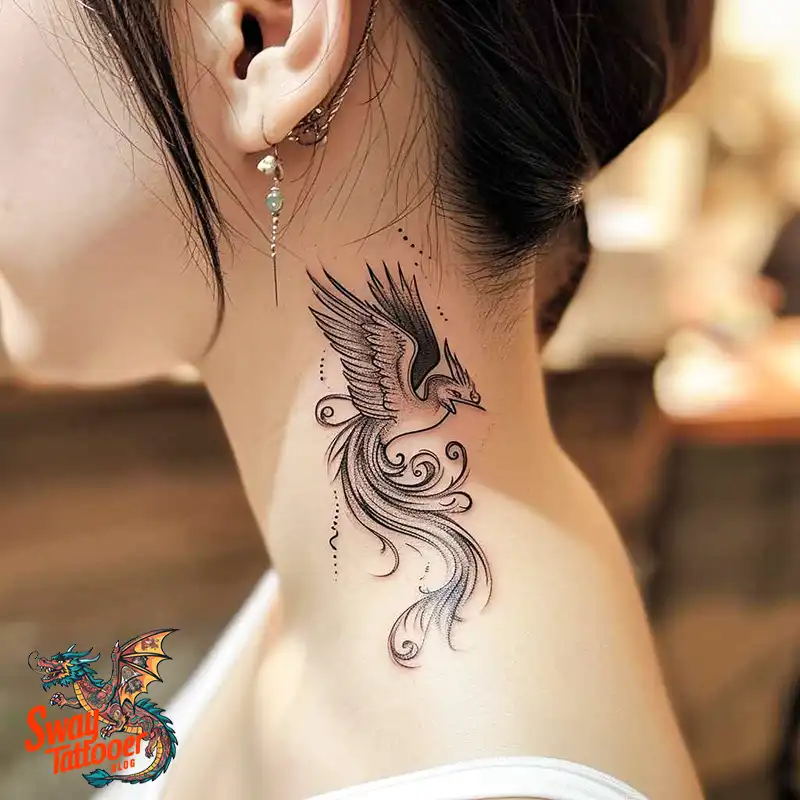

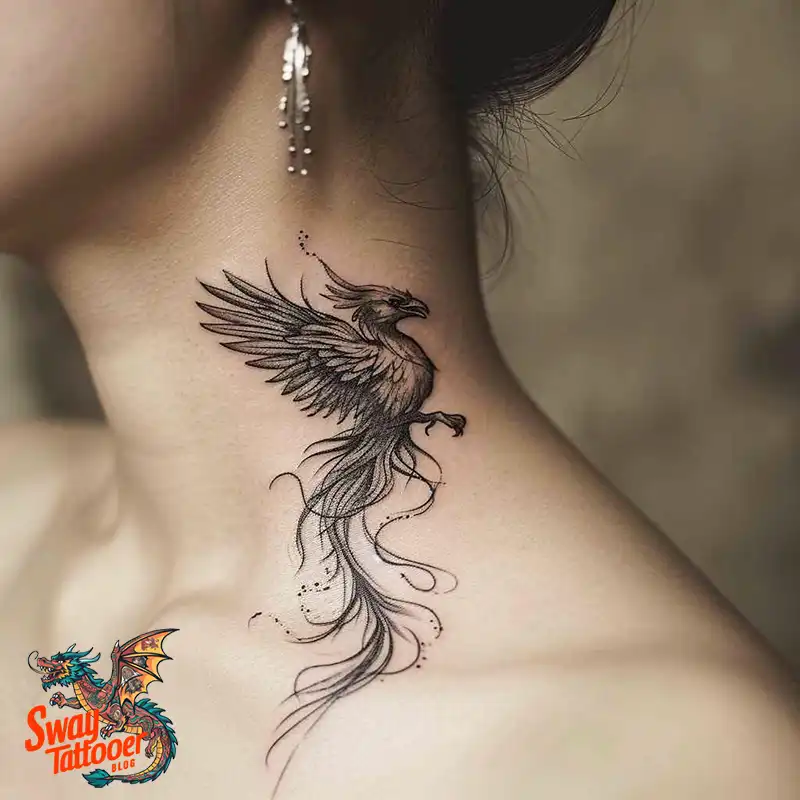
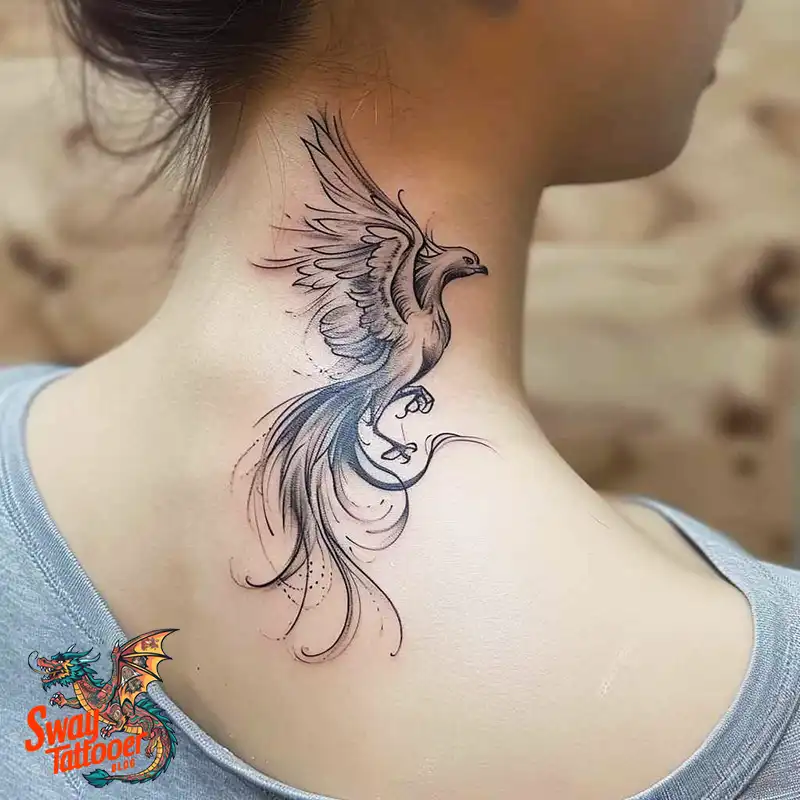

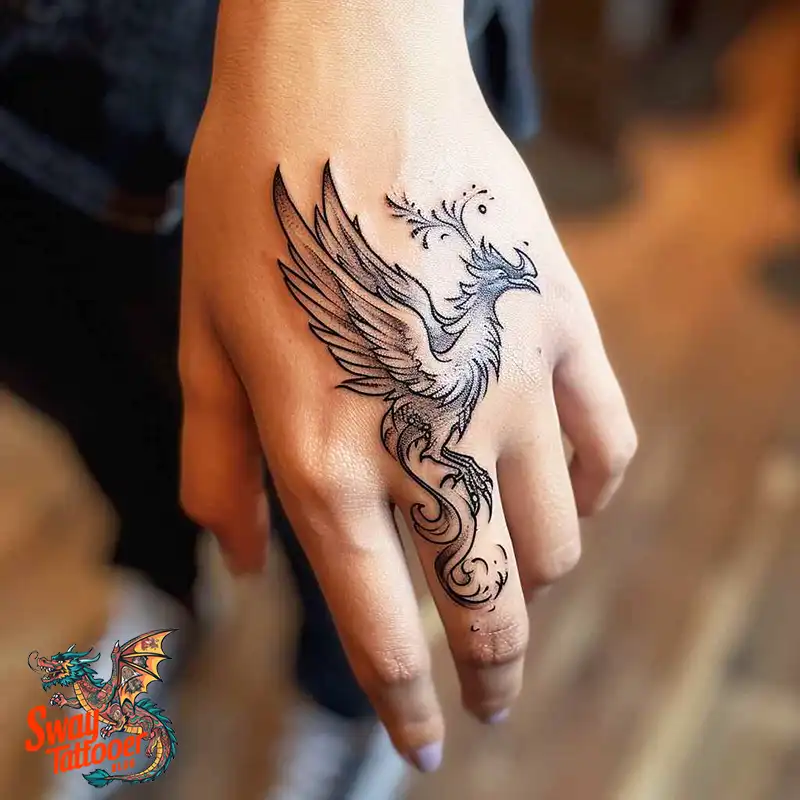
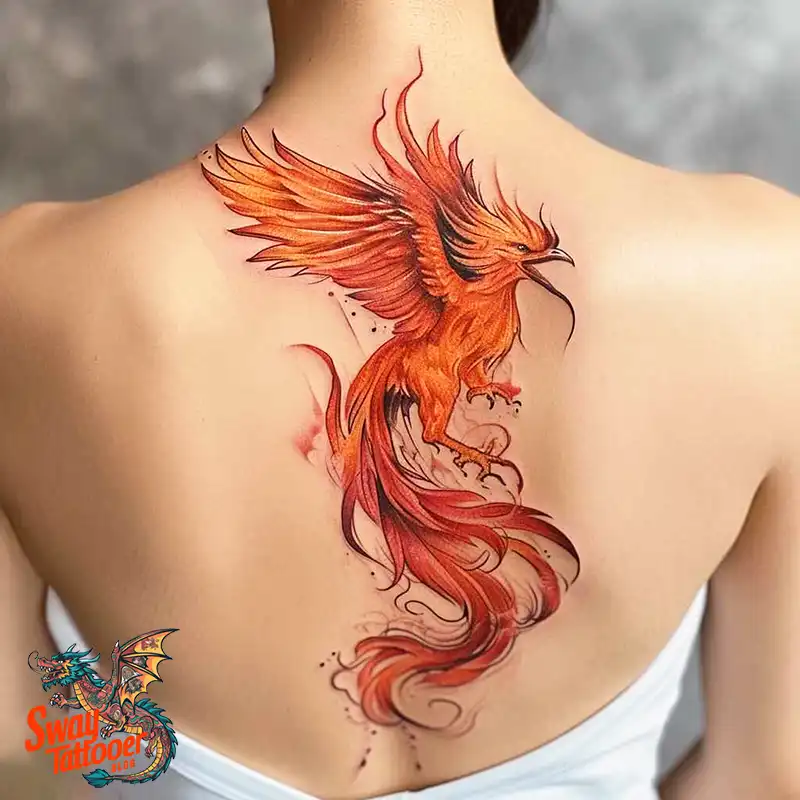
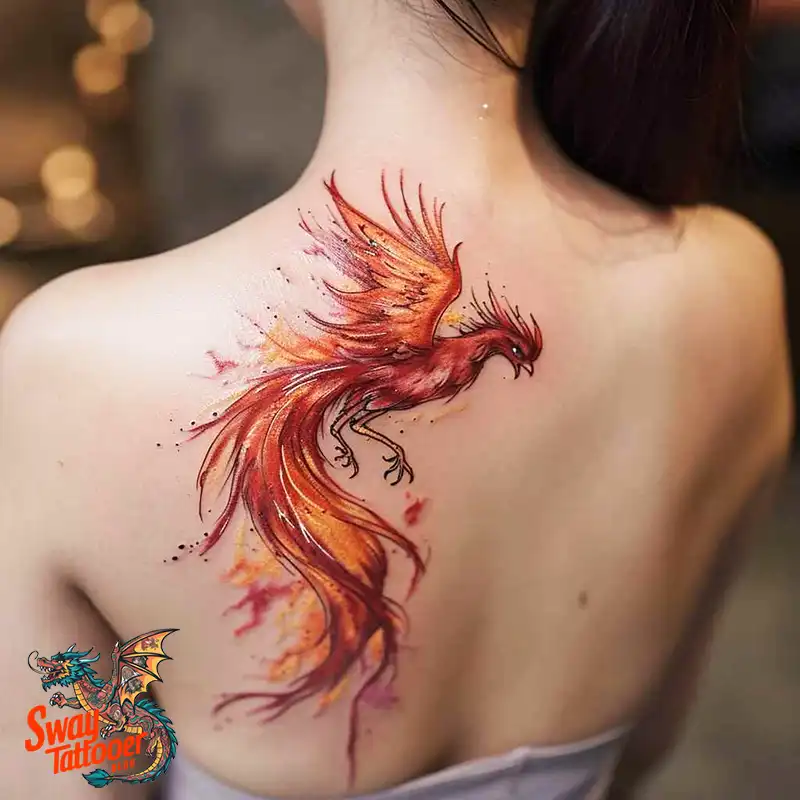
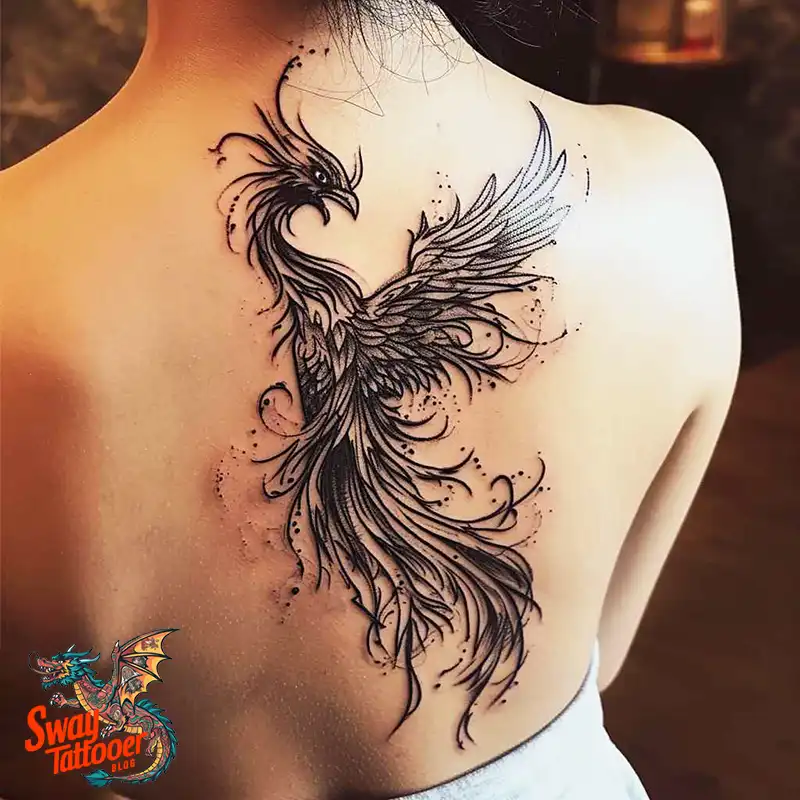
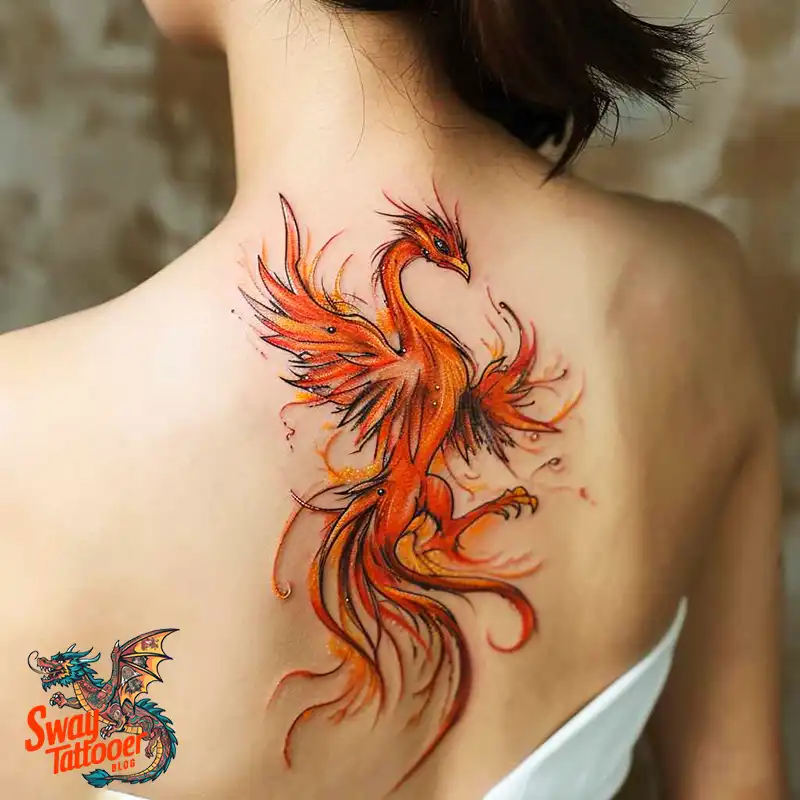
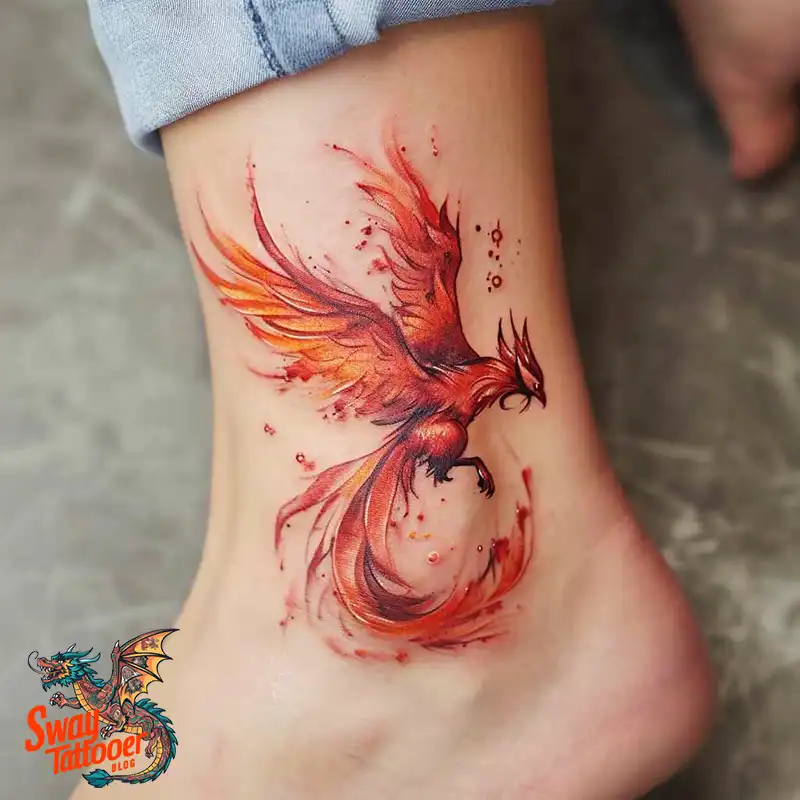
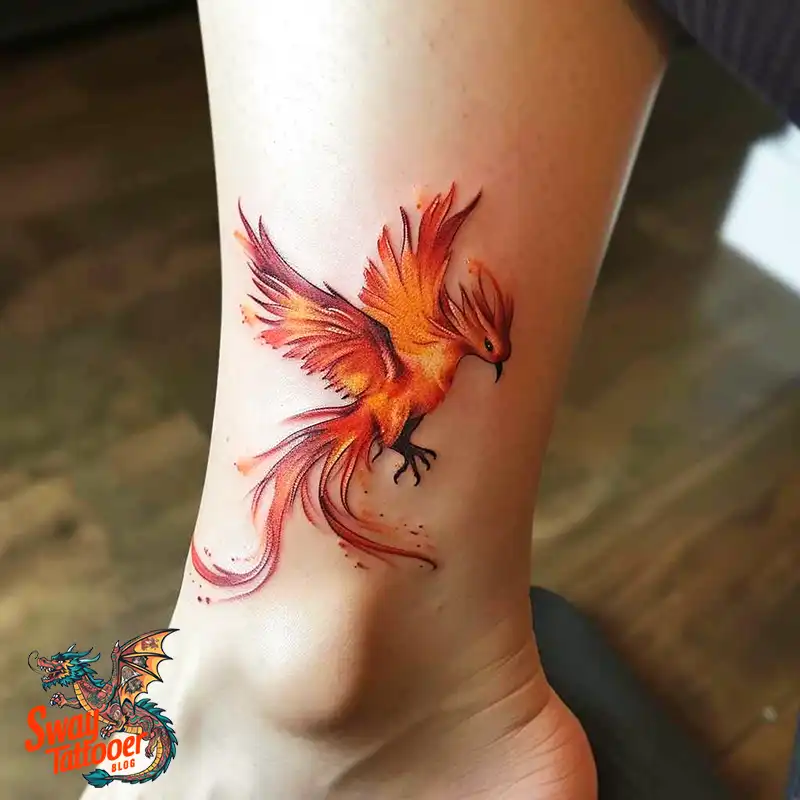
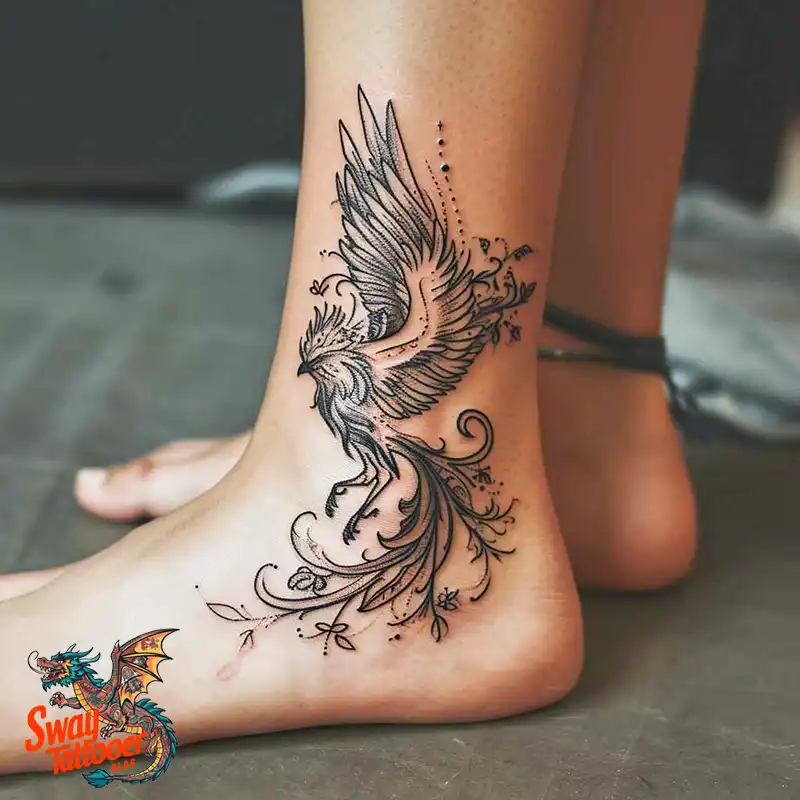
The Allure of Phoenix Tattoos
Phoenix tattoos are loved by many people. They look amazing and mean a lot. These tattoos come from old stories about a magic bird. The phoenix stands for rebirth, change, and never giving up. In this post, we’ll learn where the phoenix comes from and what it means today.
Historical and Mythological Background
The phoenix is a special bird with bright, colorful feathers. Many cultures have its story:
- Ancient Egypt: The Egyptians had the Bennu bird. Bennu rose from fire and linked to the sun god Ra. It stood for new life and fresh starts.
- Greek Myth: Greeks believed the phoenix lived for hundreds of years. When it died, it burst into flames. Then it came back to life from its own ashes.
- Chinese Legend: In China, the phoenix is called Fenghuang. It shows beauty, balance, and high virtue. It is also a symbol of the Empress.
Symbolic Significance of Phoenix Tattoos
People choose phoenix tattoos for many reasons. Here are some common meanings:
- Rebirth and New Starts: The phoenix rises from ashes. It shows life, death, and new life again. It reminds us we can start over.
- Big Change: The phoenix changes from old to new. It can show your own life changes and growth.
- Inner Strength: The phoenix survives fire and pain. It stands for courage and a strong heart.
- Forever and Ever: The phoenix lives again and again. It can mean hope that never ends.
- Beauty and Grace: The phoenix is both strong and beautiful. It shows you can be tough and elegant at the same time.
Common Design Motifs in Phoenix Tattoos
Phoenix tattoos are very varied in artistic representation, being open to personal expression. Some general design elements and themes are presented below:
Color Themes:
- Red and Gold Traditional: These are typically colors associated with fire and the sun, representing the fiery nature of the phoenix and its association with the sun.
- Multicolor: Some designs incorporate a variety of colors to emphasize the mythical and colorful nature of the phoenix.
- Monochrome: Black and grey tattoos can be used to give a dramatic, ageless appearance, highlighting detailed shading and fine details.
Artistic Styles:
- Realistic: Realistic tattoos aim for realistic representation, with subtle feathering and anatomy.
- Abstract: Abstract tattoos can highlight the symbolic qualities, using characteristic shapes and forms to describe the phoenix’s nature.
- Tribal: Incorporating tribal patterns can add a cultural depth and a more graphic, bold appearance.
Design Elements:
- Rising from Ashes or Flames: Depictions of the phoenix rising from the ashes or the flames reinforce the rebirth symbolism.
- Spread Wings: A phoenix with spread wings can represent freedom and openness to change.
- Adding Other Symbols: Sun, fire, and celestial objects can be added to support the narrative of the tattoo.
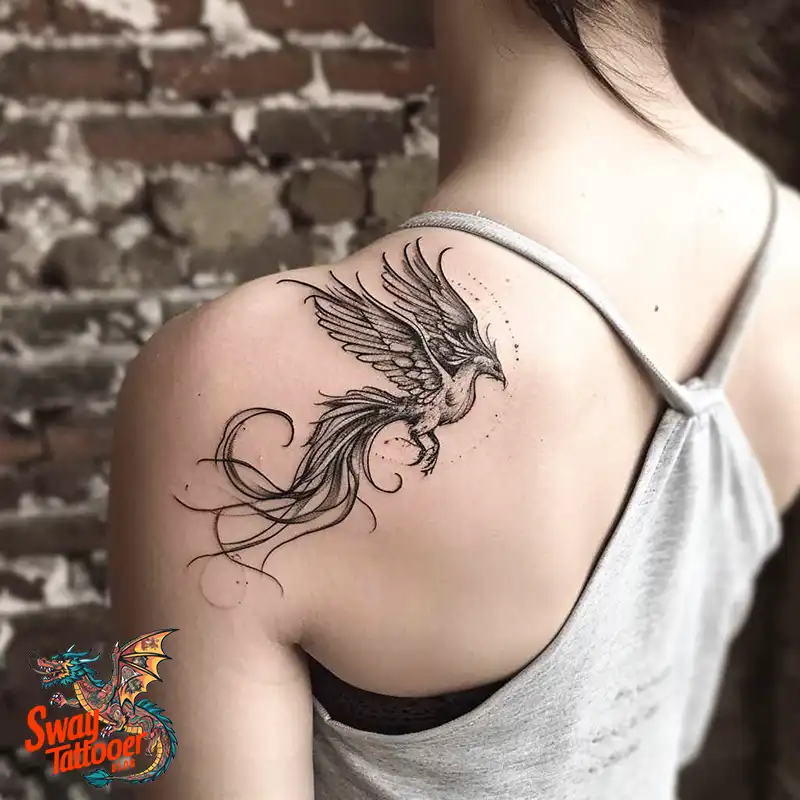

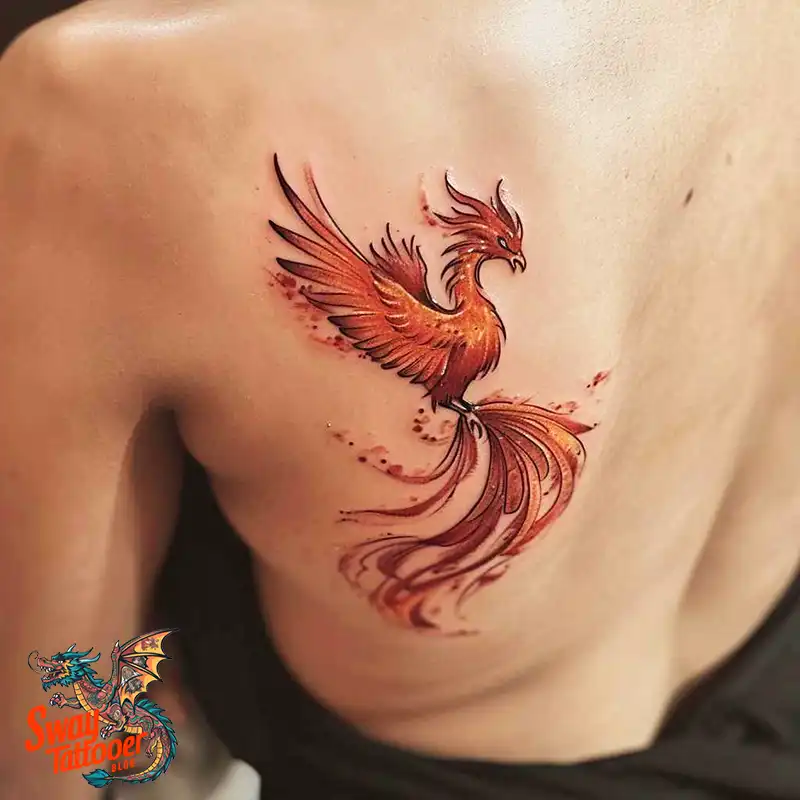
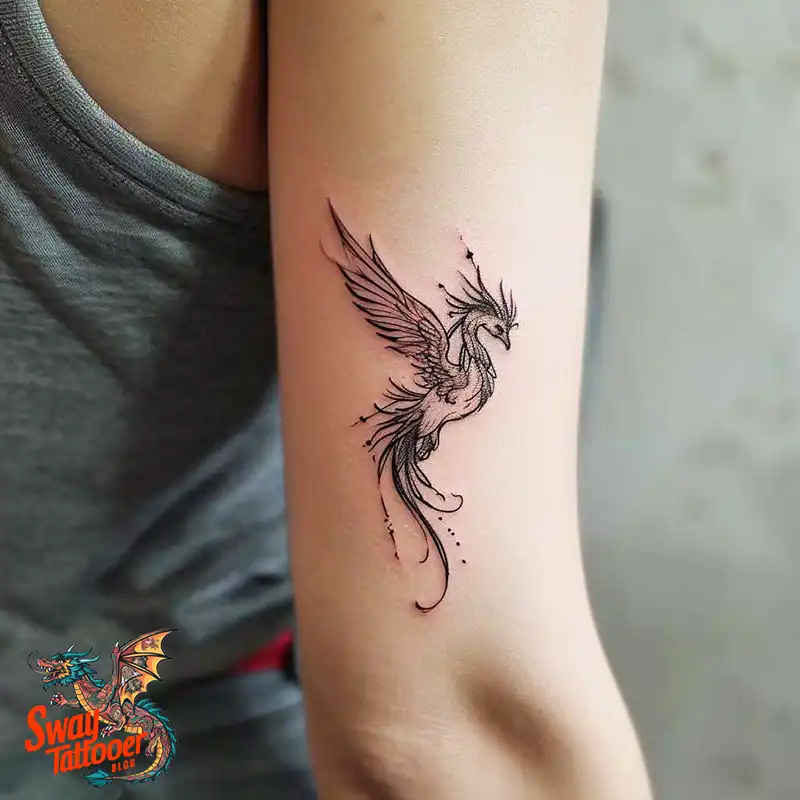
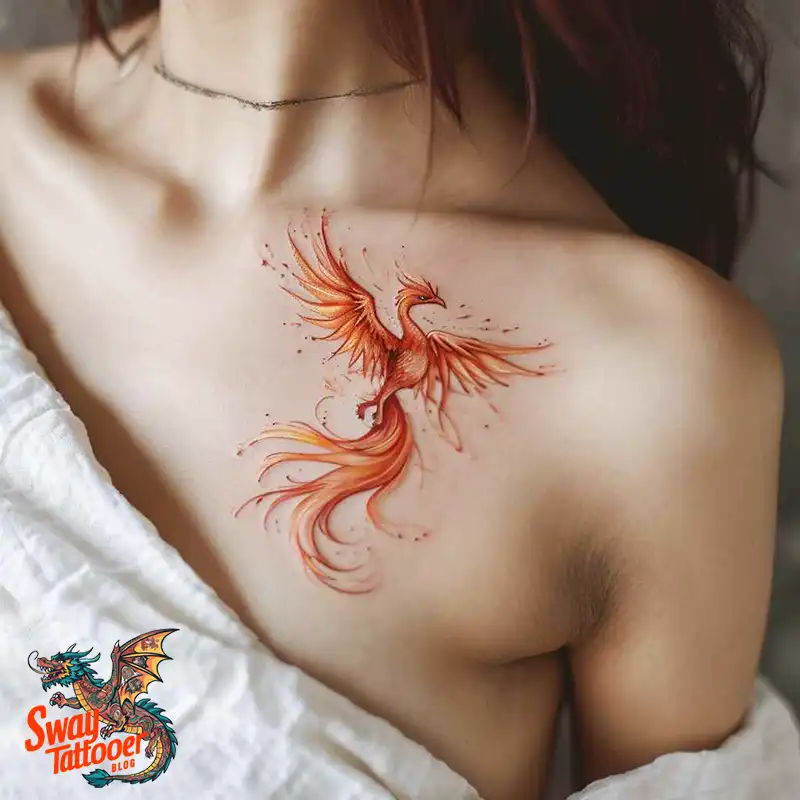
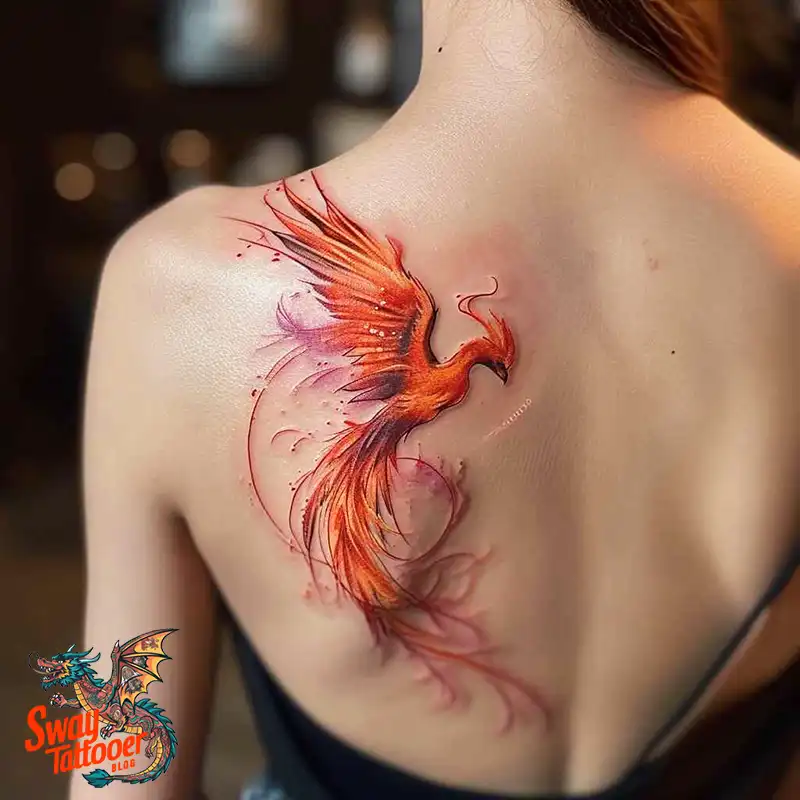

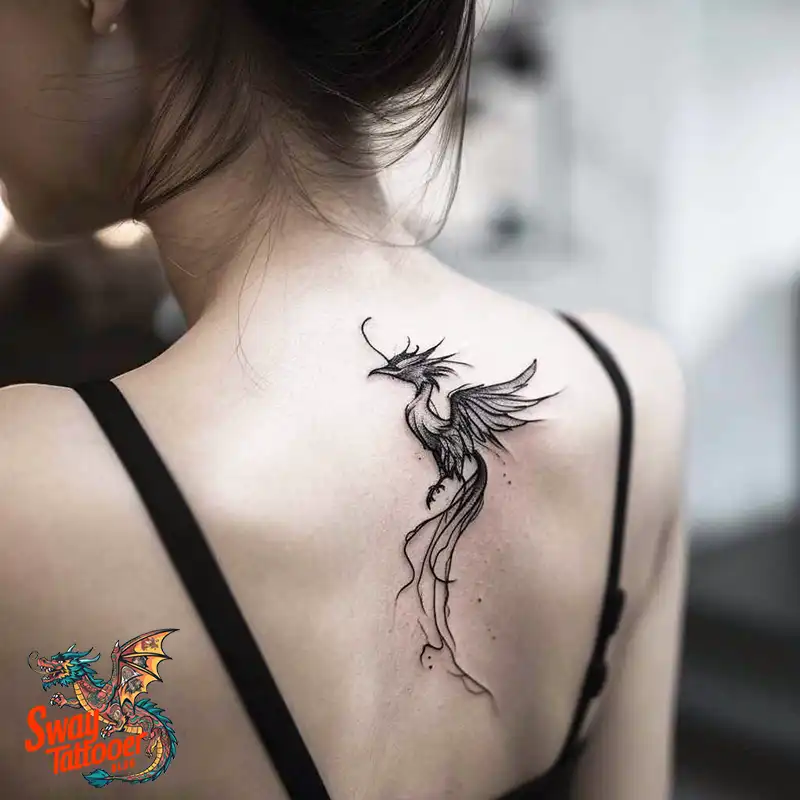
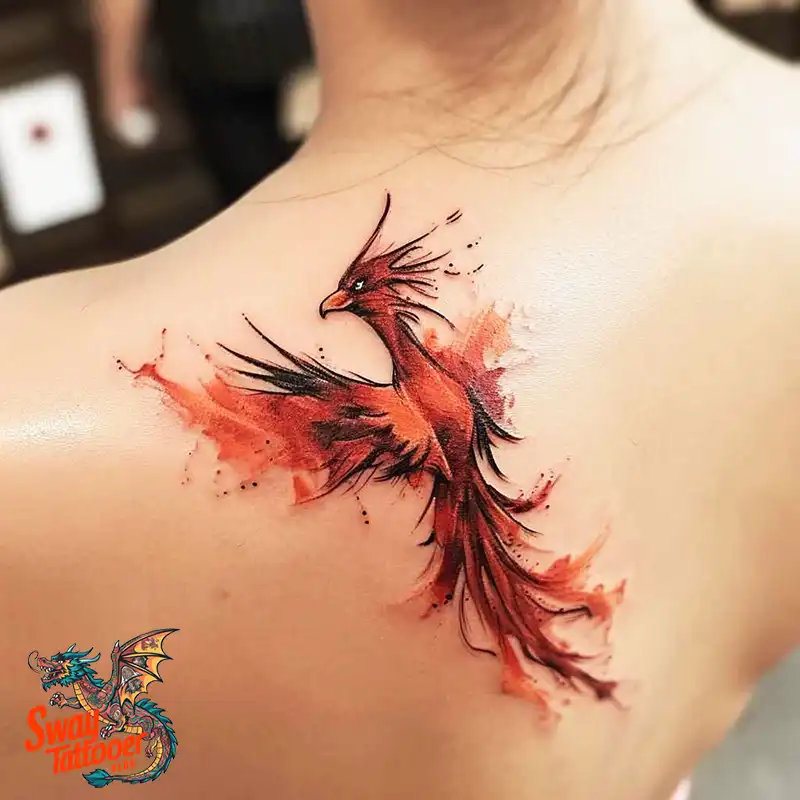




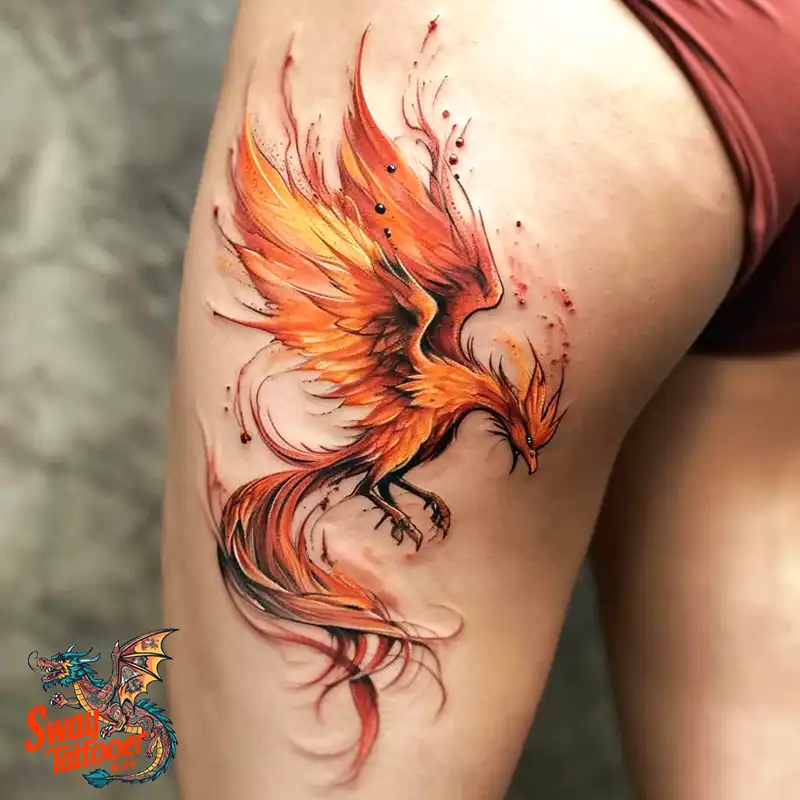
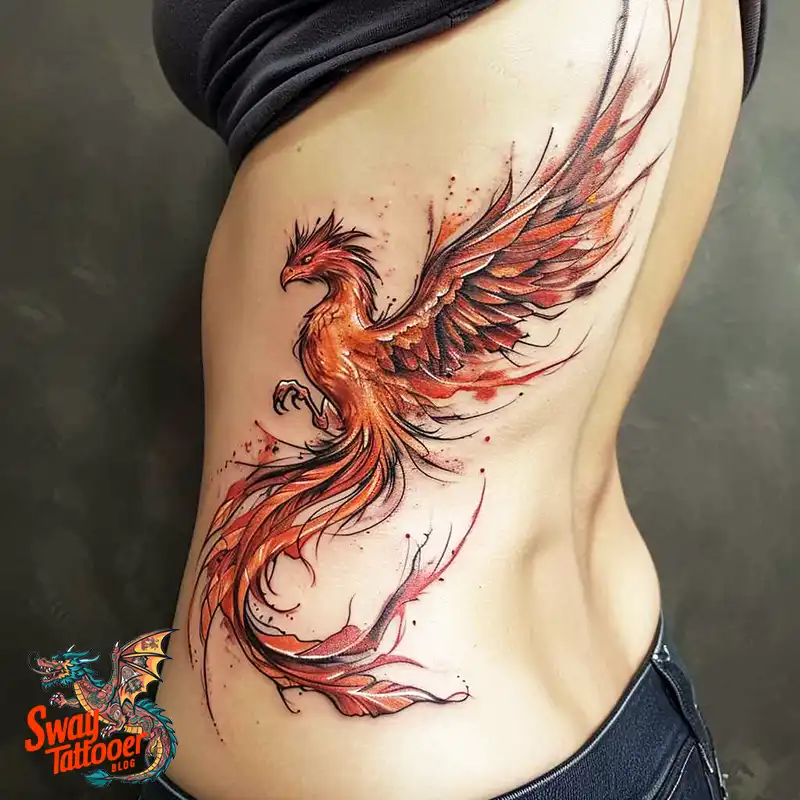
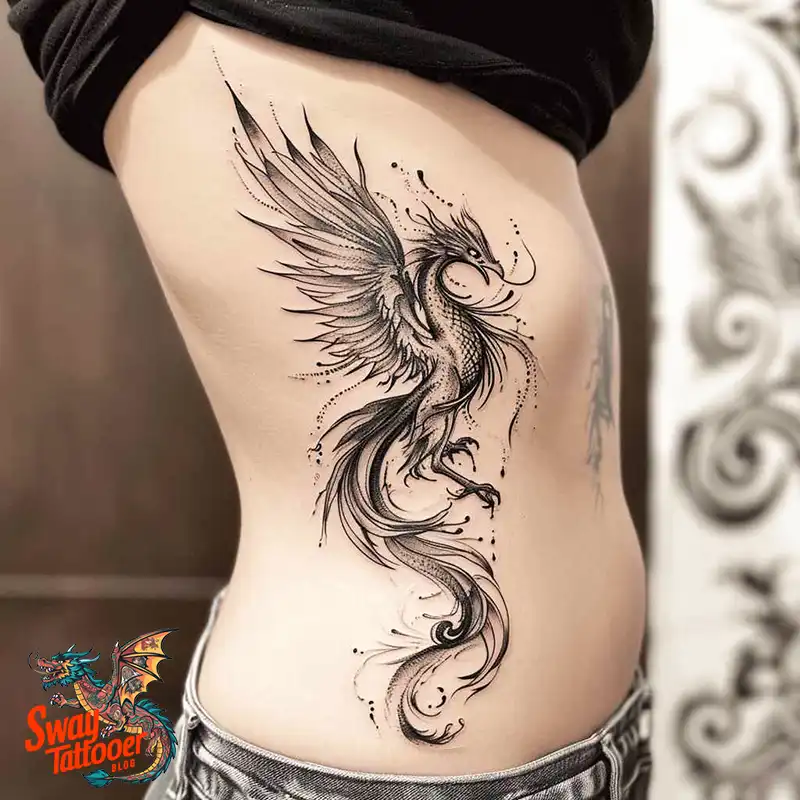
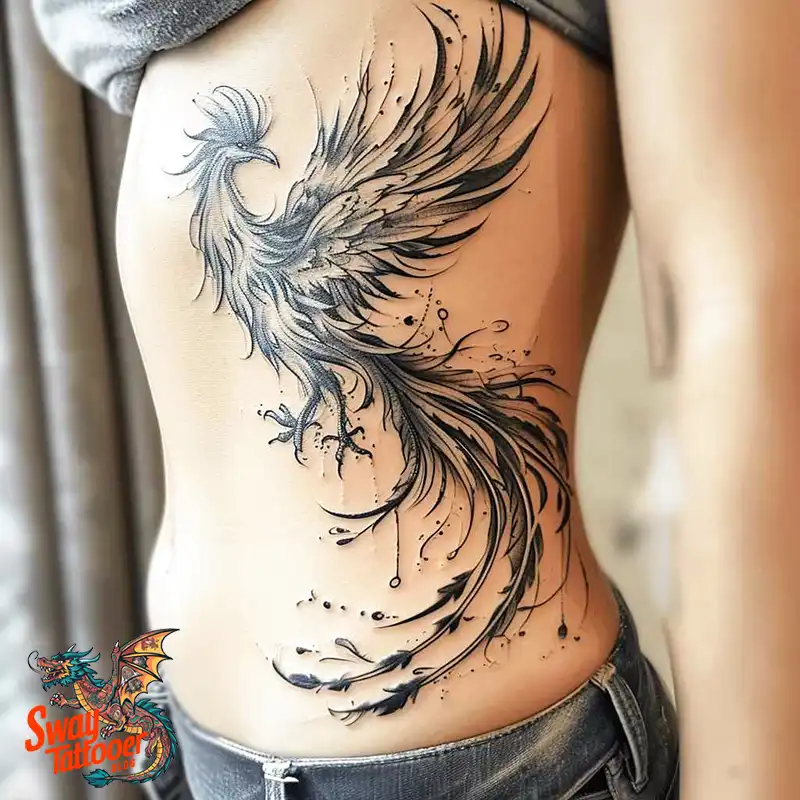
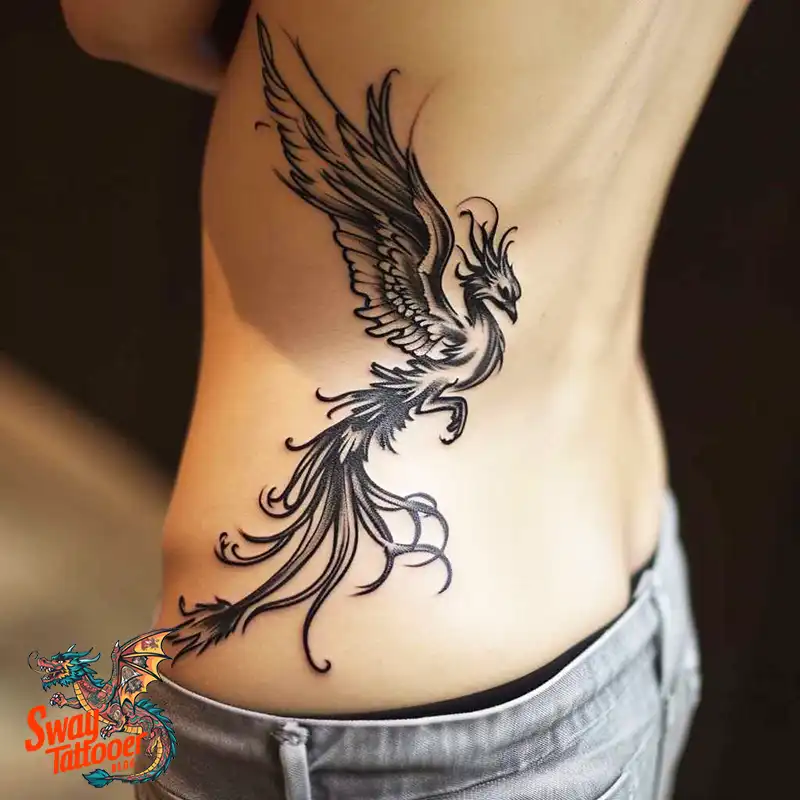
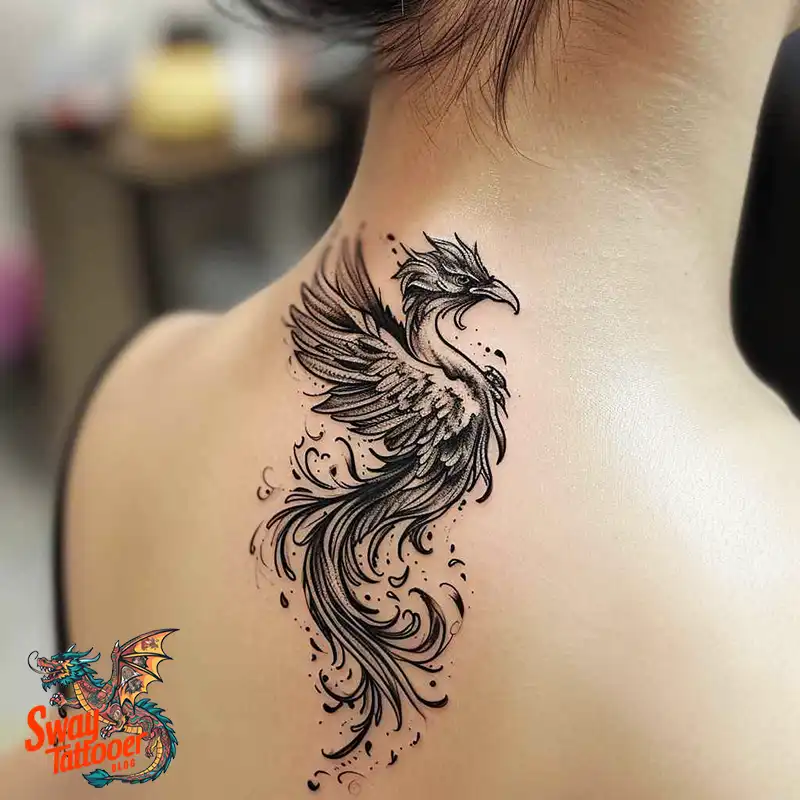
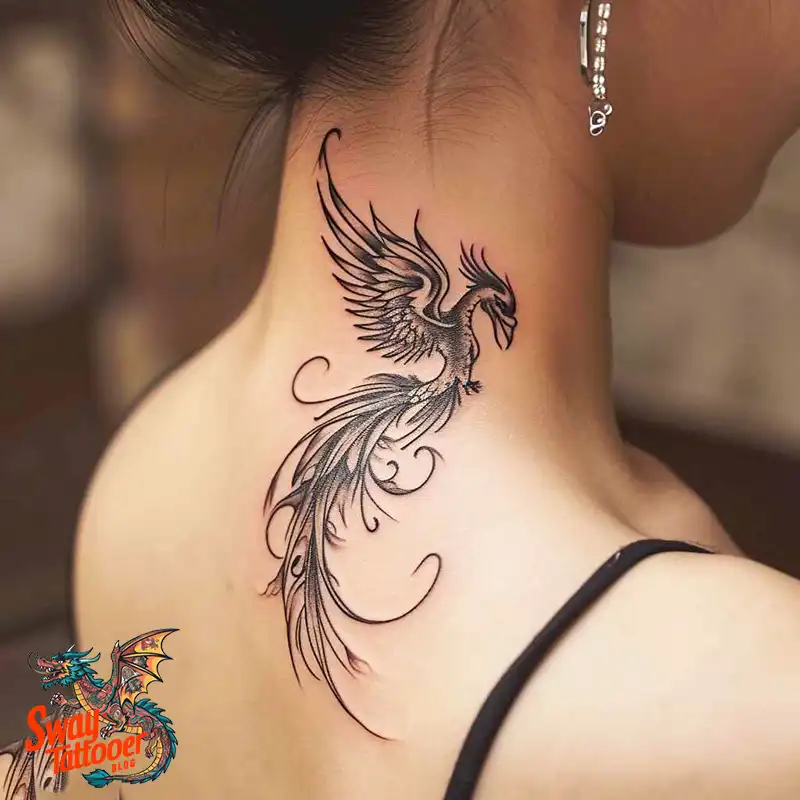
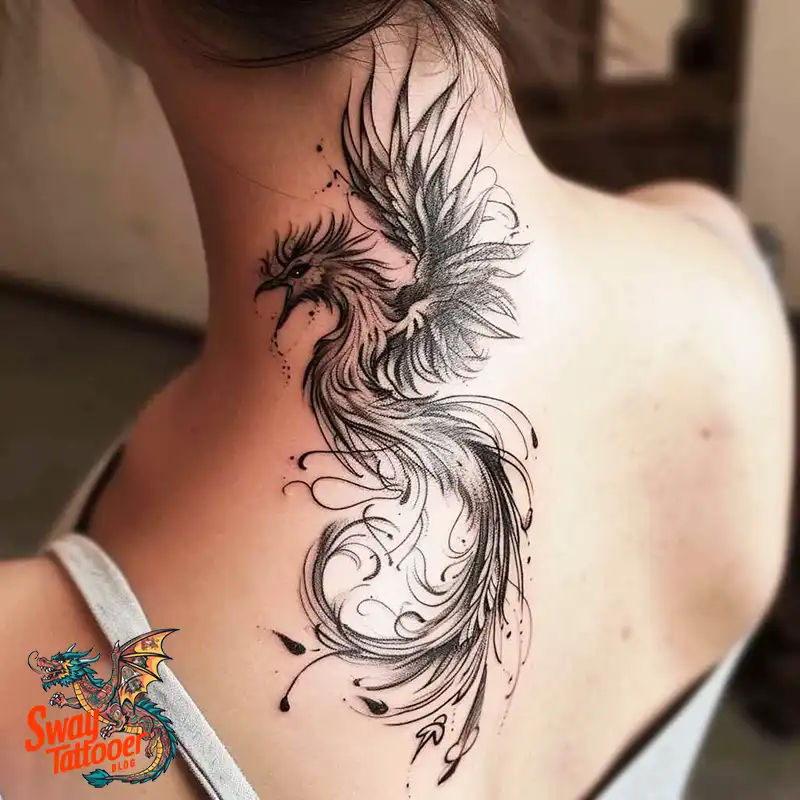
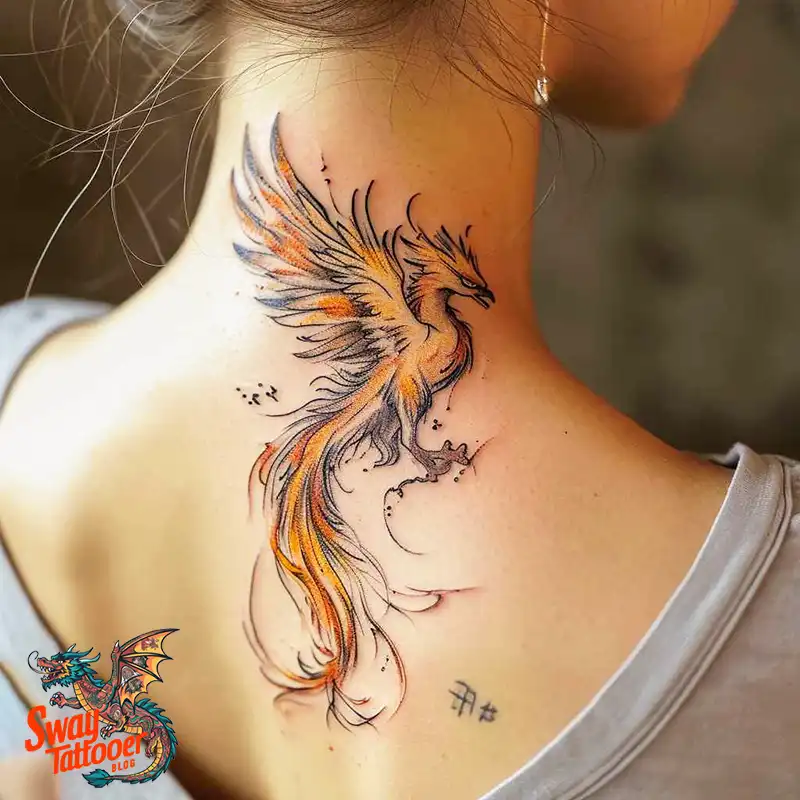
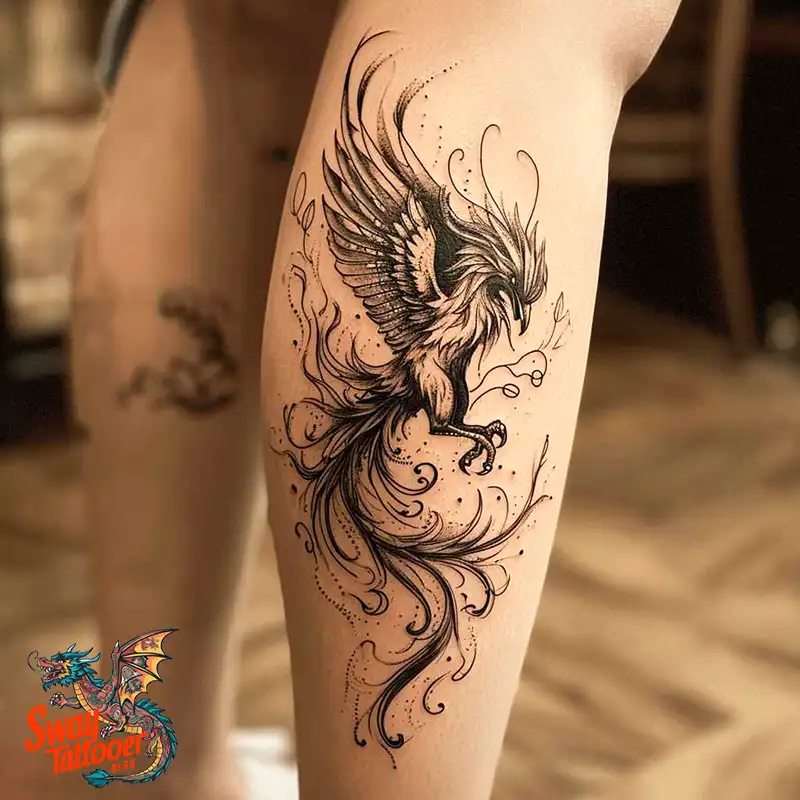
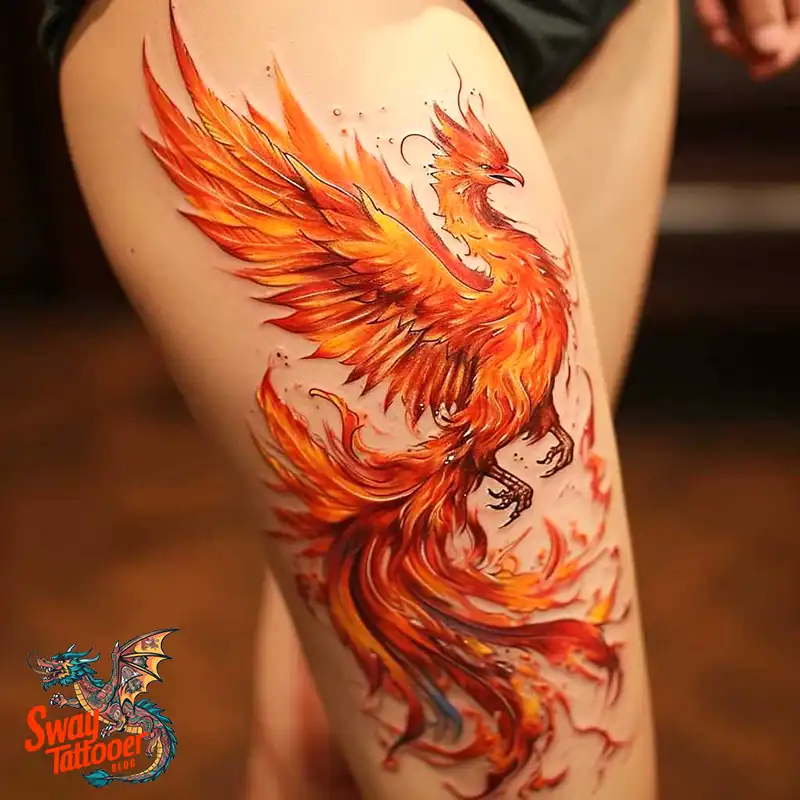
Placement Ideas for Phoenix Tattoos
Choosing the most suitable placement for a phoenix tattoo is as vital as choosing the design itself, as it can make or break the overall impact and visibility:
- Back: The broad canvas of the back allows for big, detailed designs, and tends to be a show-stopper.
- Chest: A phoenix tattoo may be placed over the heart, symbolizing inner strength and personal transformation.
- Arm and Shoulder: These areas provide enough space for medium-sized designs and are easily exposed or concealed.
- Thigh and Leg: For an offbeat placement, the thigh or leg is a large area to accommodate innovative, elongated designs.
Personal Stories Behind Phoenix Tattoos
Phoenix tattoos are usually chosen by people to symbolize personal victories or transformative experiences. Some of the most frequent inspirations are:
- Healing and Recovery: After a battle with disease or addiction, a phoenix tattoo can represent healing and the emergence of a healthier, stronger self.
- Life Changes: Major life changes, such as moving to a new country, a change in profession, or getting through personal struggles, can be marked with a phoenix tattoo.
- Memorial: Others opt for this design to commemorate a deceased loved one, representing the continuation of their soul and legacy they left on their lives.
Types of Phoenix Tattoos:
Phoenix tattoos have been loved for many years. They stand for new beginnings, renewal, and endless life. These tattoos show a strong part of who you are. In this post, we look at different styles of phoenix tattoos, their meanings, the best places on your body for them, and how to care for them.
1. Traditional Phoenix Tattoo
Summary:
Traditional phoenix tattoos use thick lines and bright colors. They often use red, orange, and gold. These designs are inspired by Japanese and Chinese art.
Relevance:
They pay tribute to old legends. They stand for strength, endurance, and the never-ending cycle of life and death.
Best Body Part:
The back is a great spot. It gives space for detailed work and shows the full wingspan of the bird.
2. Geometric Phoenix Tattoo
Summary:
Geometric phoenix tattoos mix the bird’s curves with shapes like triangles and circles. This mix creates a modern, creative look.
Relevance:
Geometric art stands for balance and order. When combined with a phoenix, it shows a balanced change and renewal.
Best Body Part:
The forearm or upper arm works well. They allow you to see the details easily.
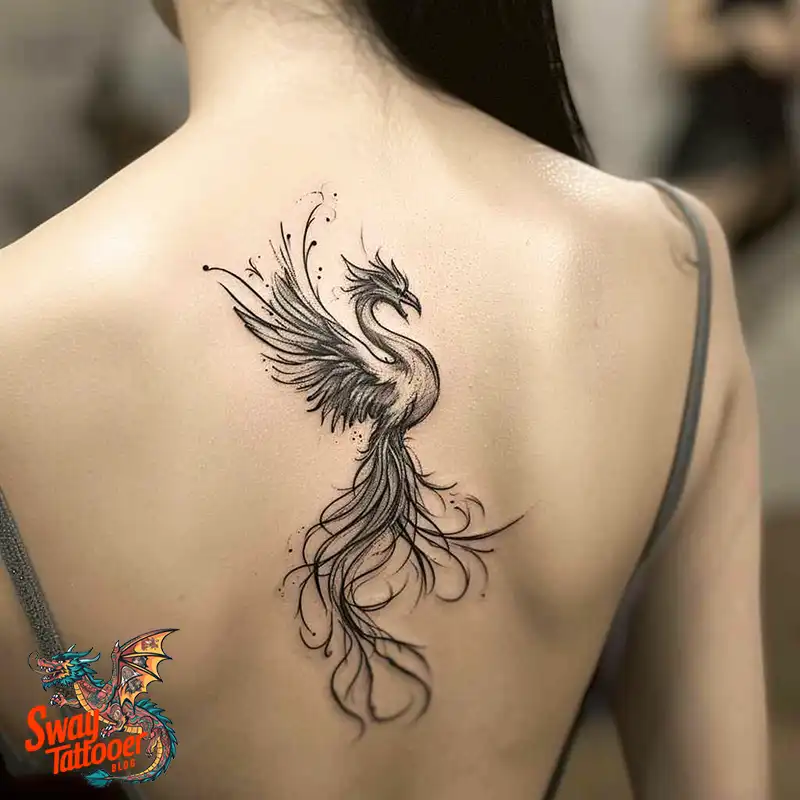

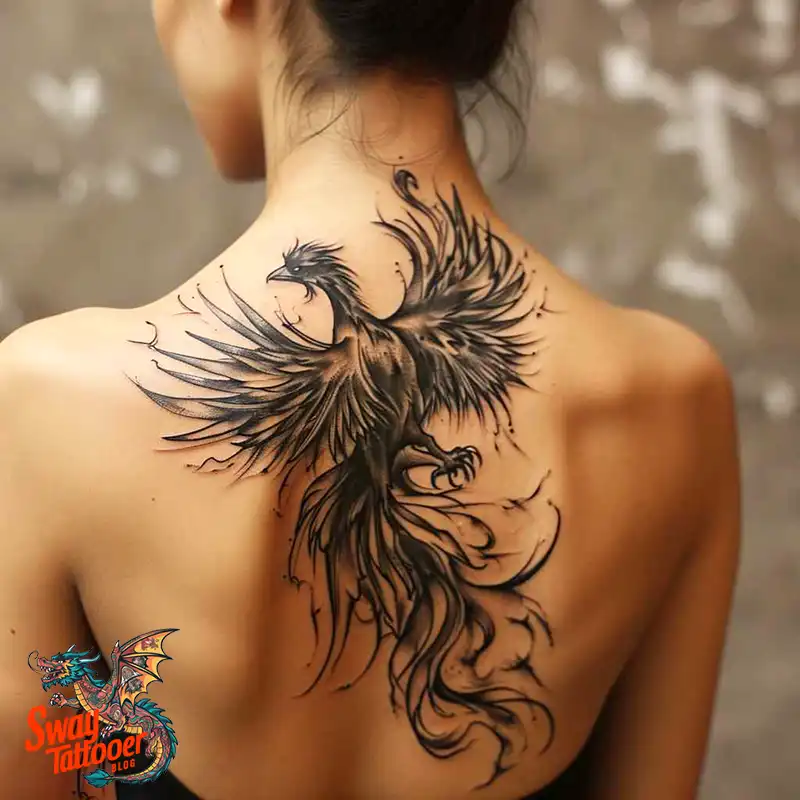
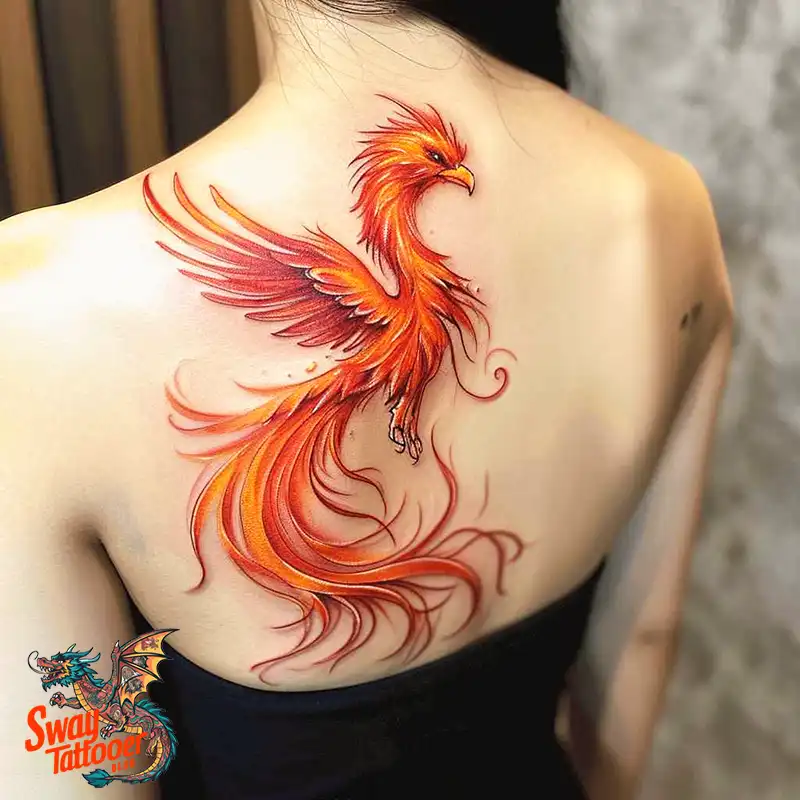
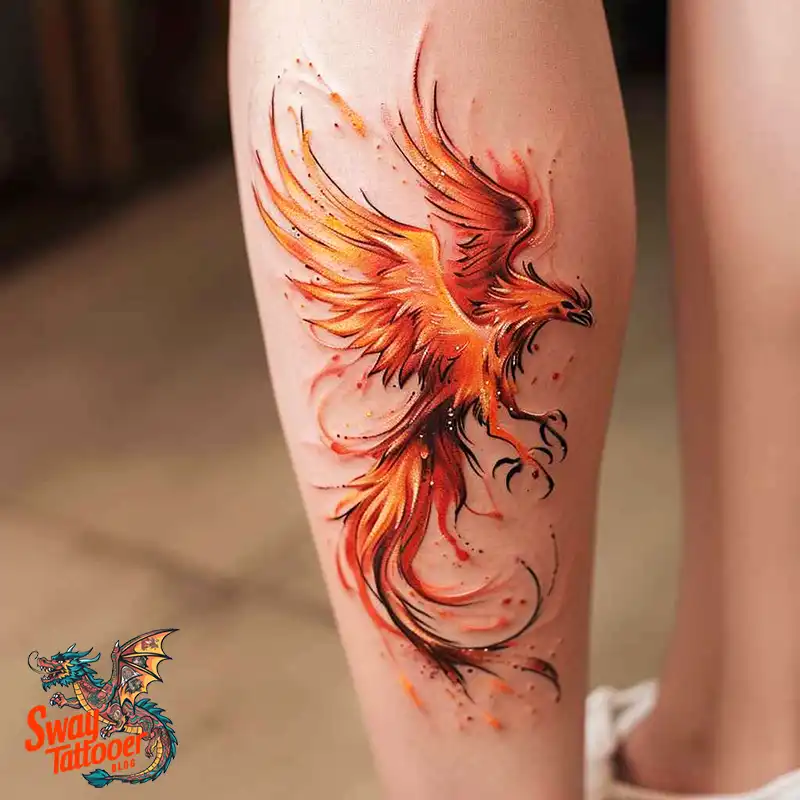
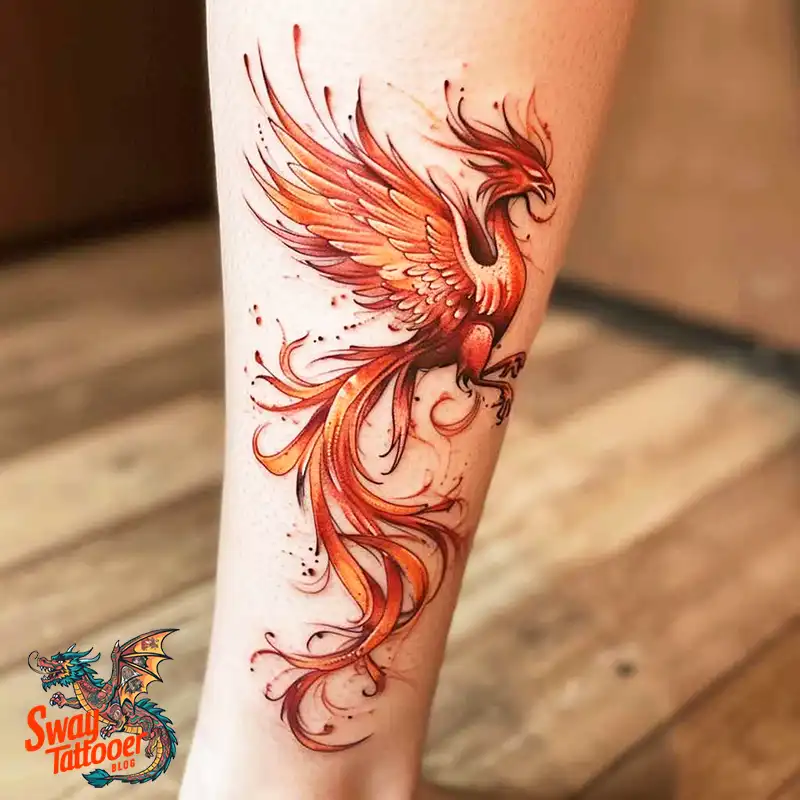
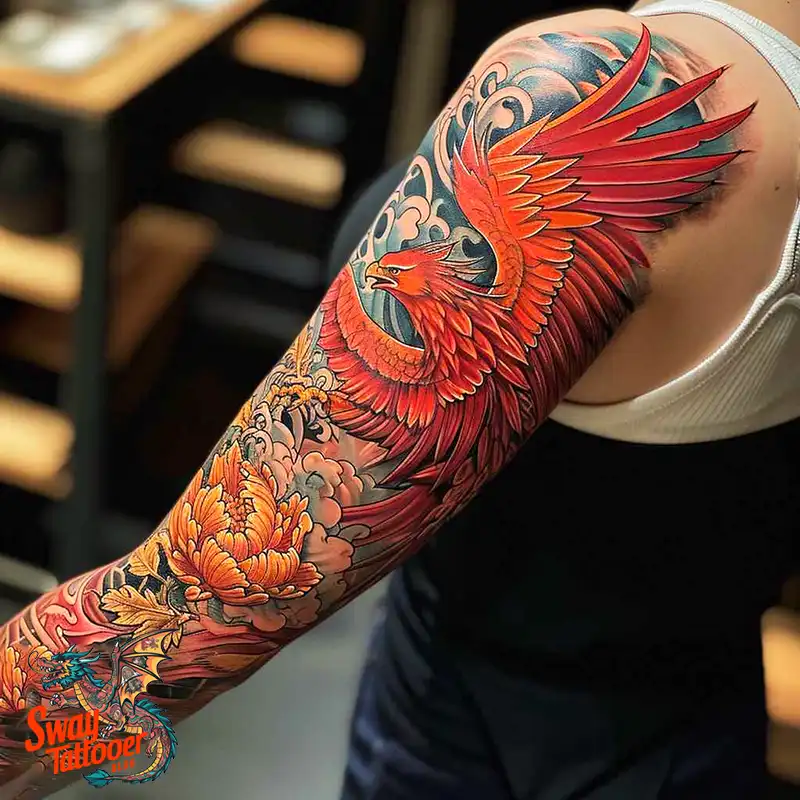
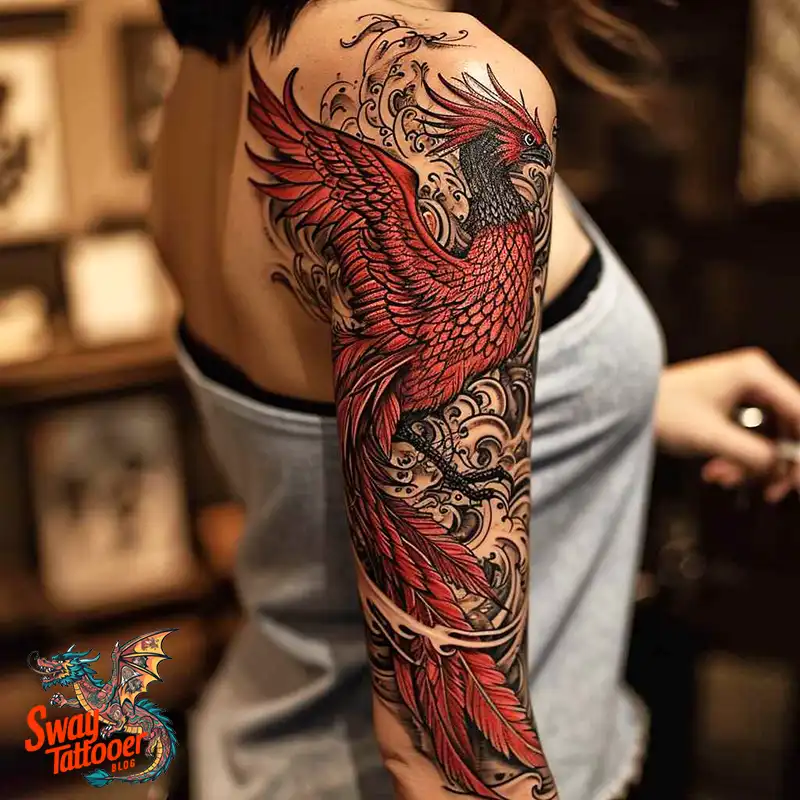
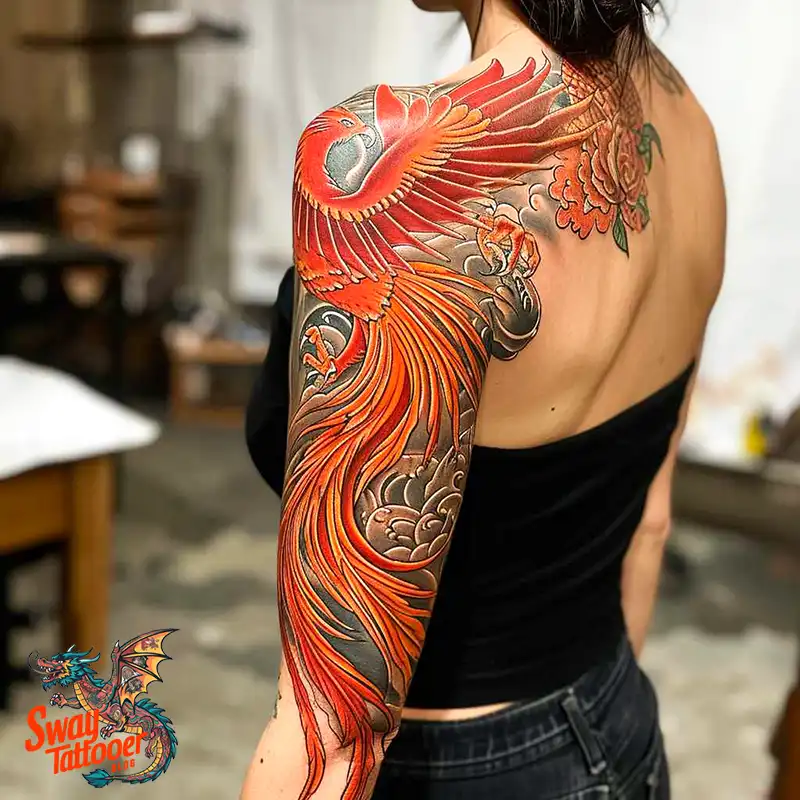
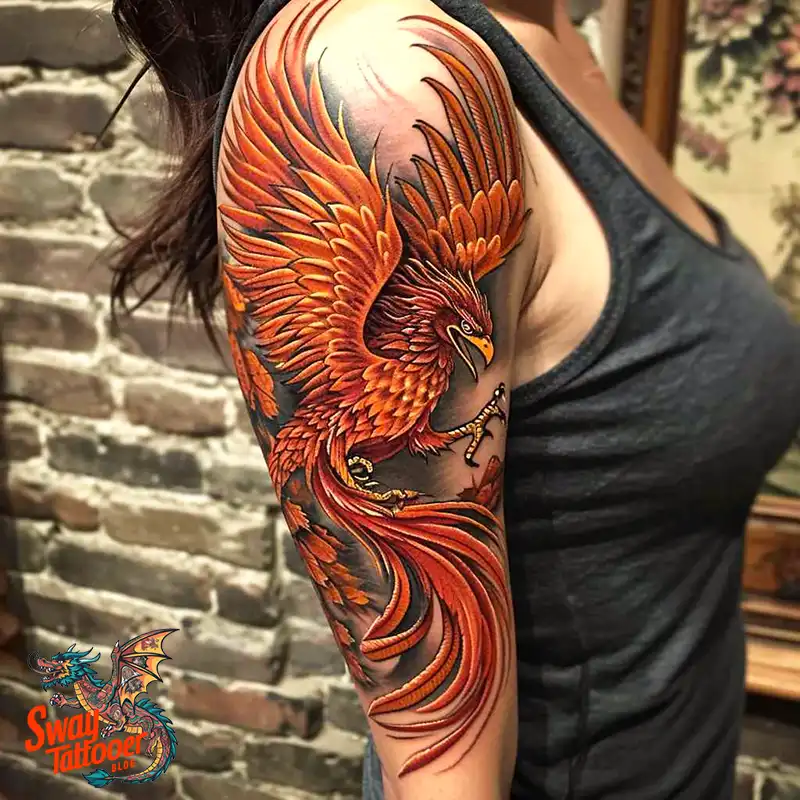
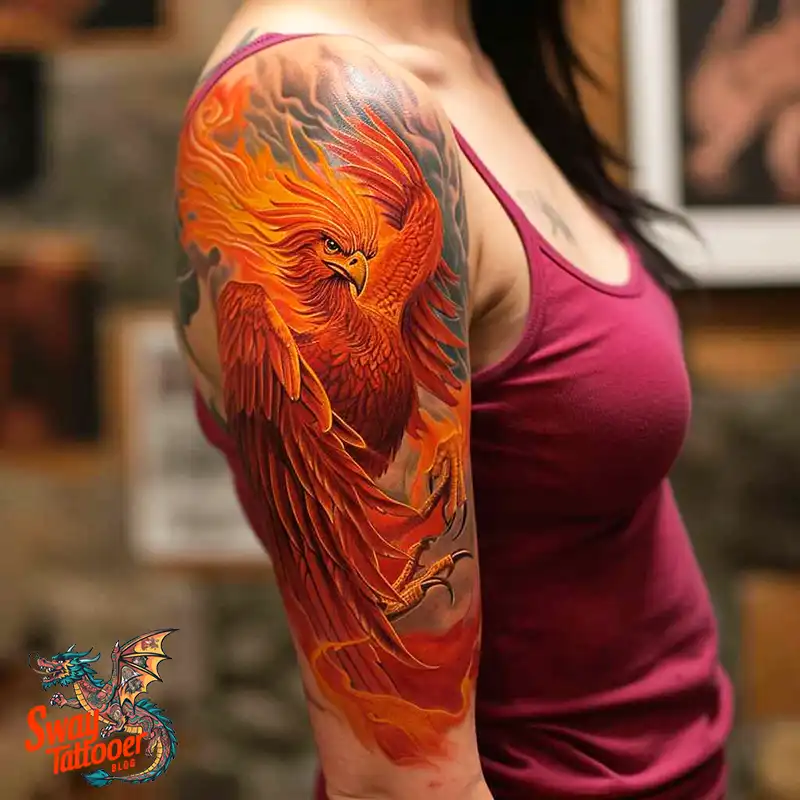
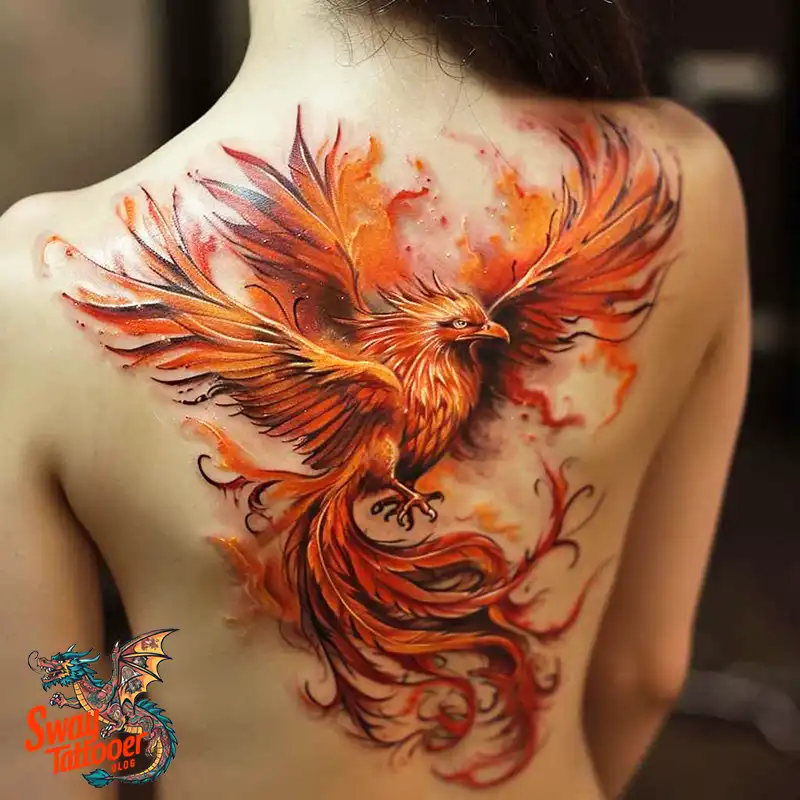
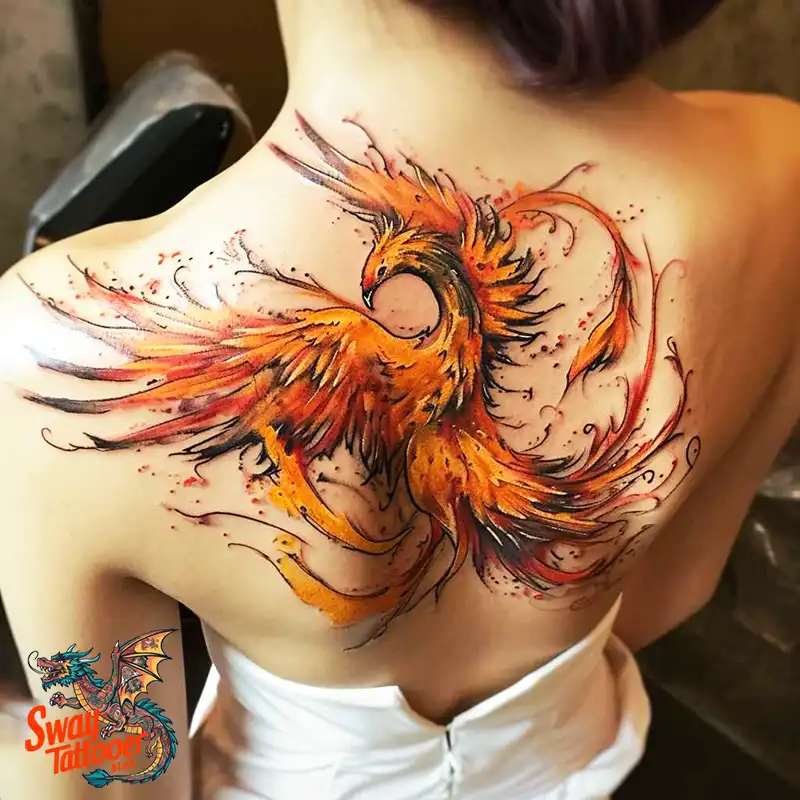
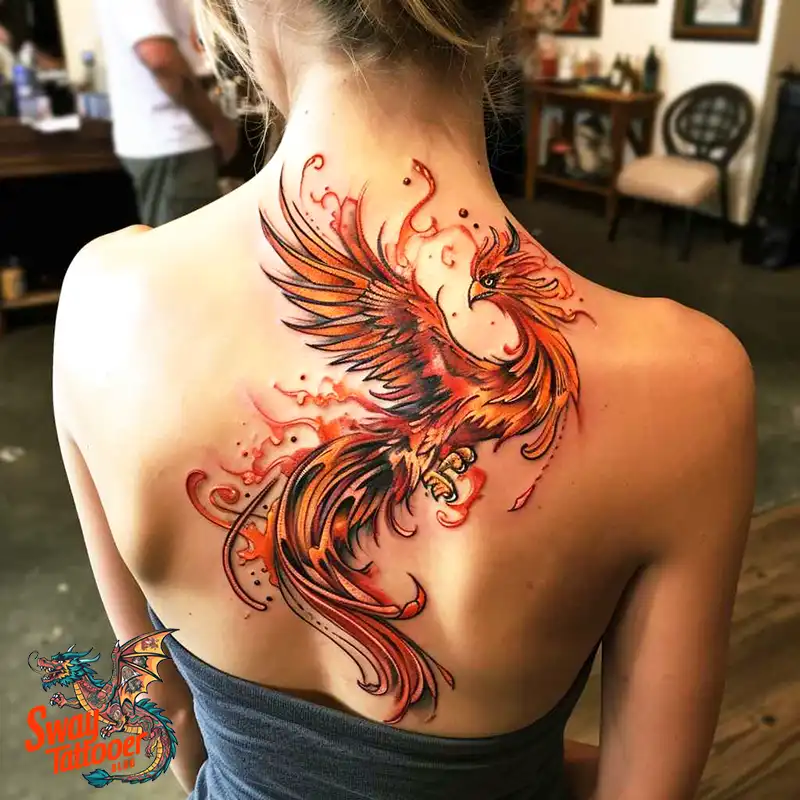


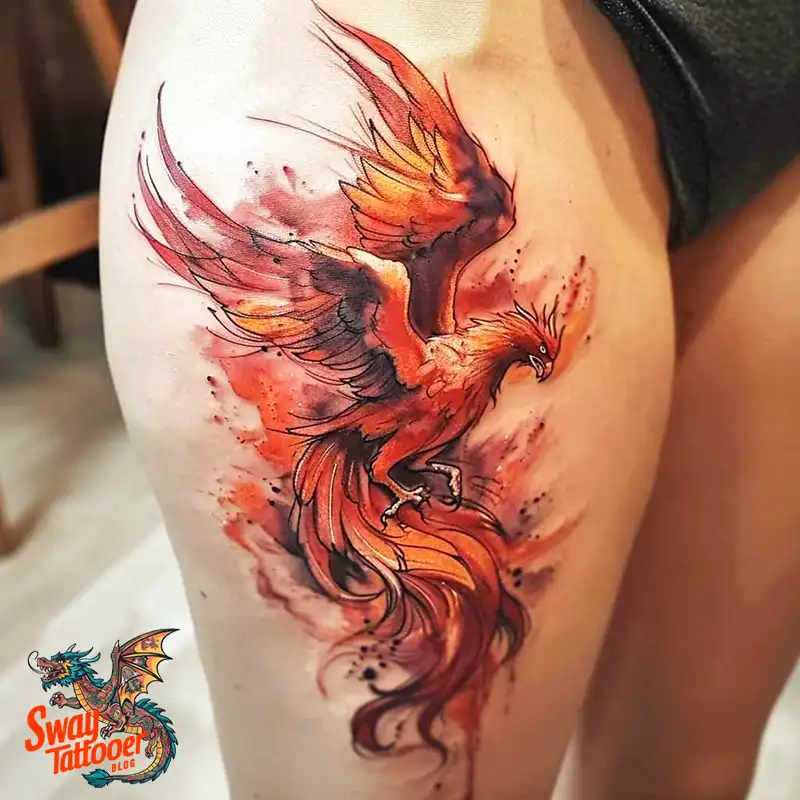
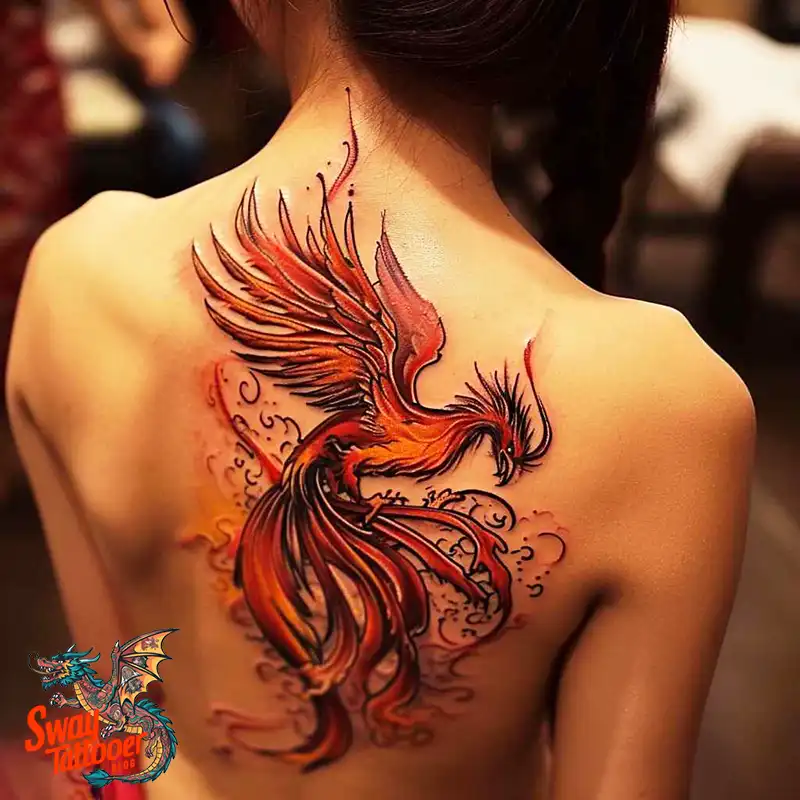
3. Watercolor Phoenix Tattoo
Summary:
Watercolor phoenix tattoos look like a soft painting. They use splashes of color and often do not have clear outlines.
Relevance:
This style matches the idea of change and rebirth. It shows life as a flow of colors and light.
Best Body Part:
The shoulder or thigh gives a large space for the flowing colors to shine.
4. Minimalist Phoenix Tattoo
Summary:
Minimalist phoenix tattoos use simple lines and very few details. They are often black and white.
Relevance:
This style shows pure spirit and simplicity. It offers a quiet way to show the power of rebirth.
Best Body Part:
A small tattoo behind the ear or on the wrist is perfect for a minimalist look.
5. Realistic Phoenix Tattoo
Summary:
Realistic phoenix tattoos try to show the bird as it really is. They use fine detail to show feathers and fire.
Relevance:
A realistic tattoo is very powerful. It brings out the magic and strength of the phoenix and can remind you to keep growing and changing.
Best Body Part:
The back or chest gives enough room to show all the fine details.
Each style of phoenix tattoo offers a unique look and meaning. Whether you like a traditional, modern, or simple design, a phoenix tattoo can be a bold and inspiring choice.
Aftercare Tips for Phoenix Tattoos
Proper aftercare is essential to the health and vitality of a tattoo. This is an easy guide:
- Wash it: Gently wash the tattoo with mild, fragrance-free soap and water. Don’t soak it in water (no swimming or long baths).
- Moisturize: Apply a thin layer of unscented moisturizing lotion or a specialized tattoo aftercare product to keep the skin hydrated.
- Avoid the Sun: UV rays from the sun may lead to fading of the tattoo. Wear a broad-spectrum sunscreen with high SPF if the tattoo is exposed to the sun.
- Loose Attire: Avoid tight clothes that may rub against the tattoo and lead to irritation and ink loss.
- Do Not Pick or Scratch: Let any scabs fall off naturally without picking on them to prevent scarring and ink loss.
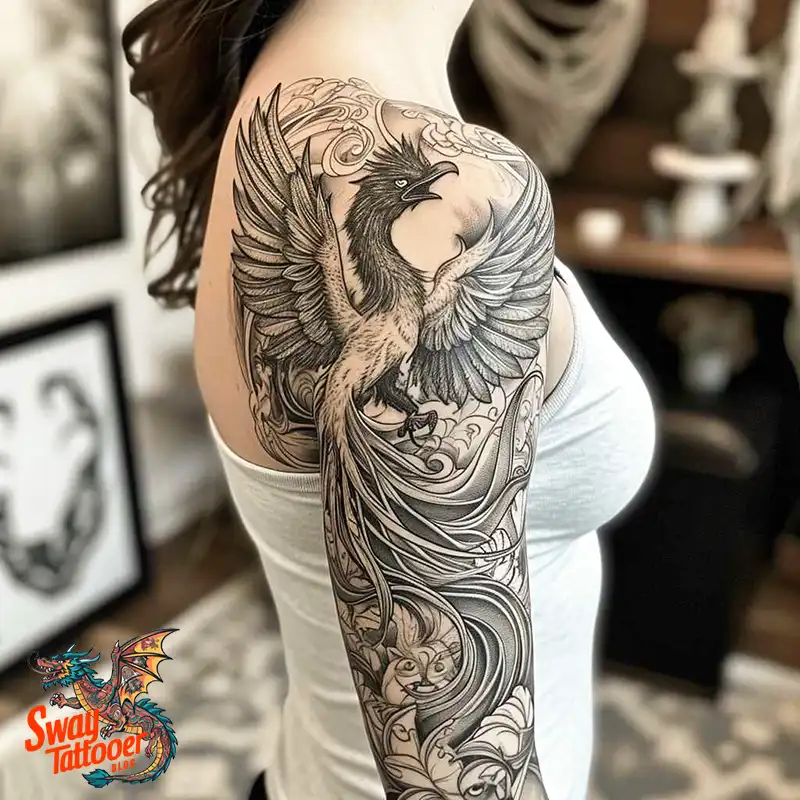
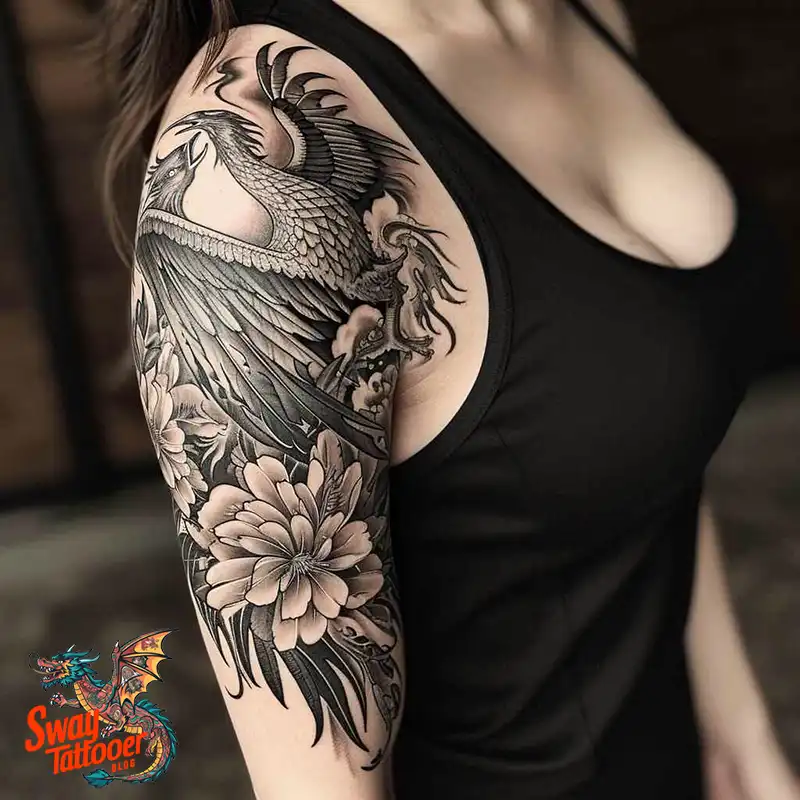
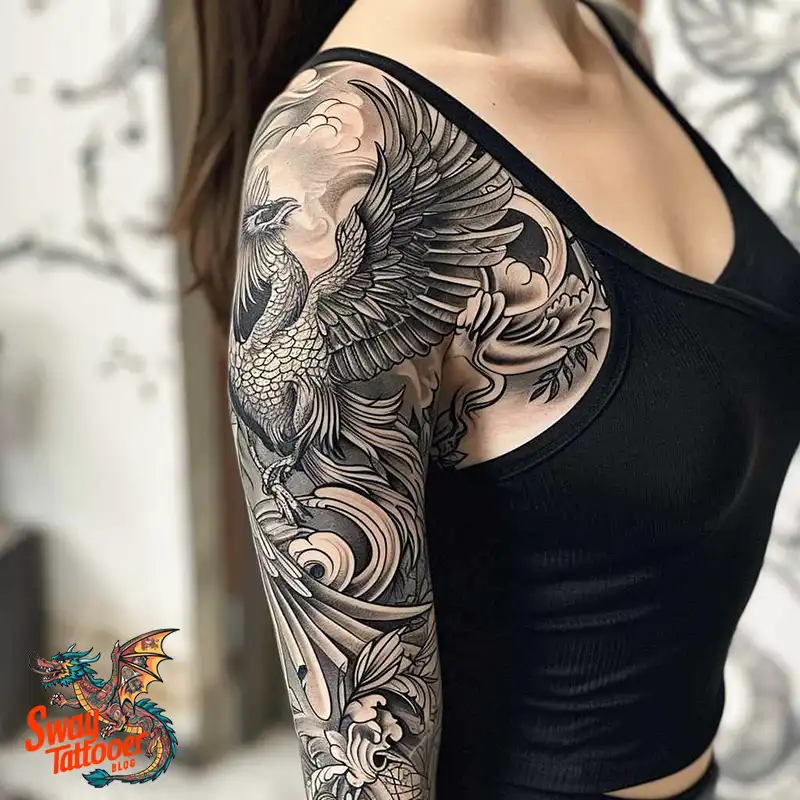
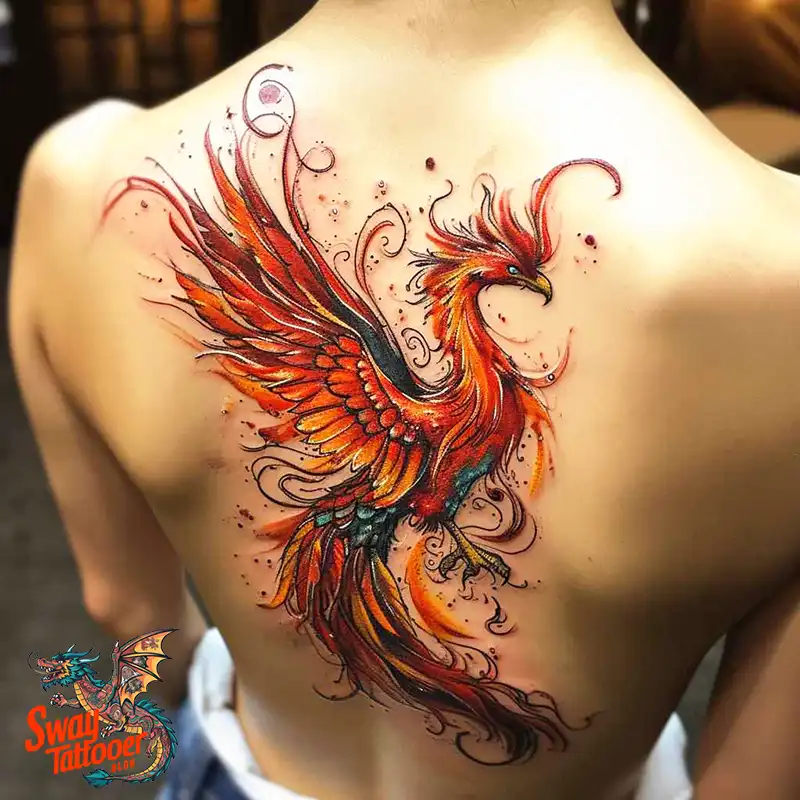
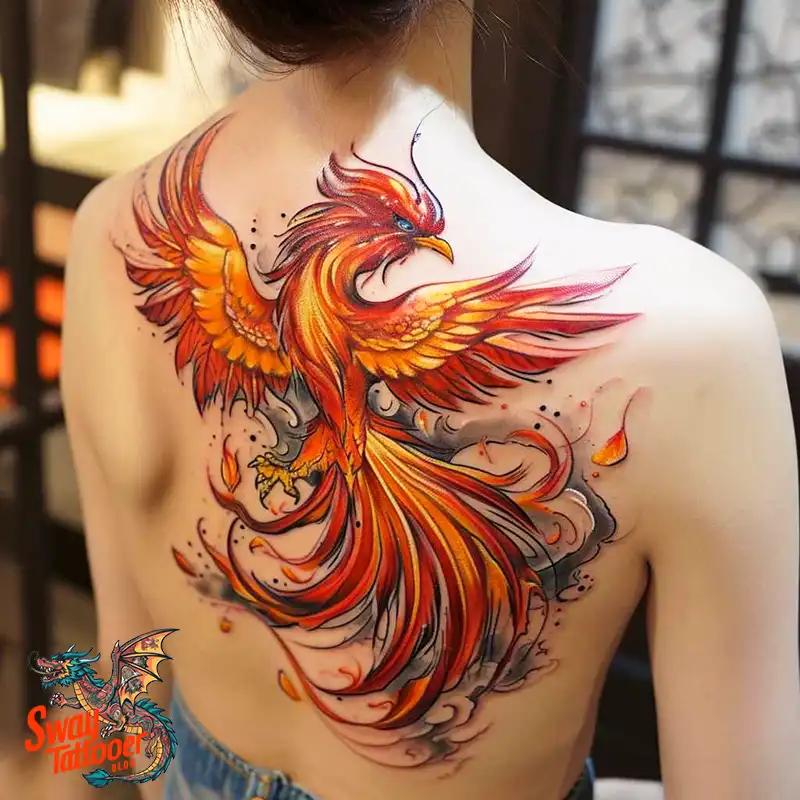
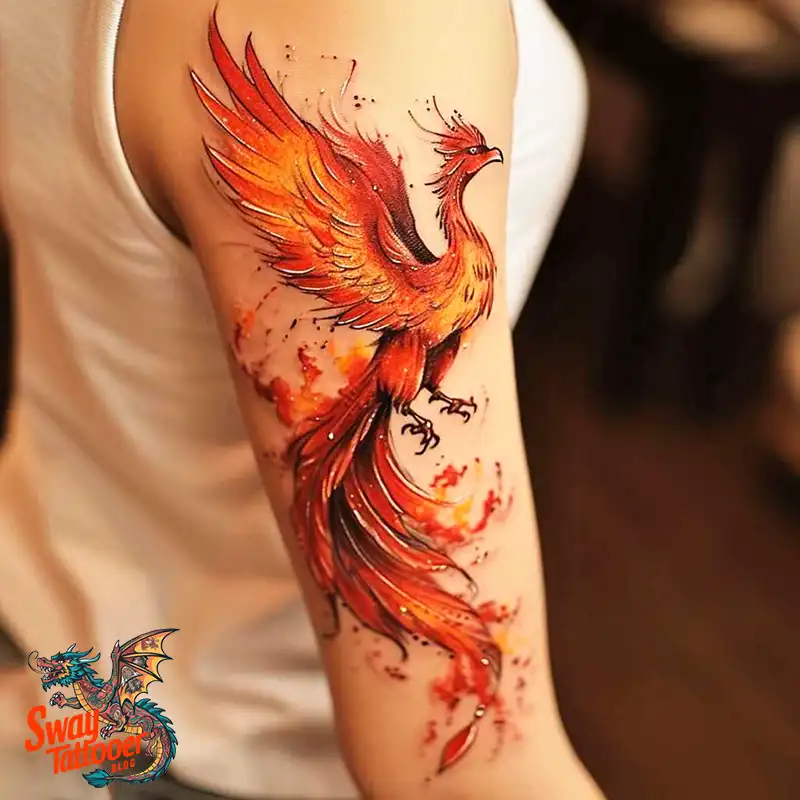
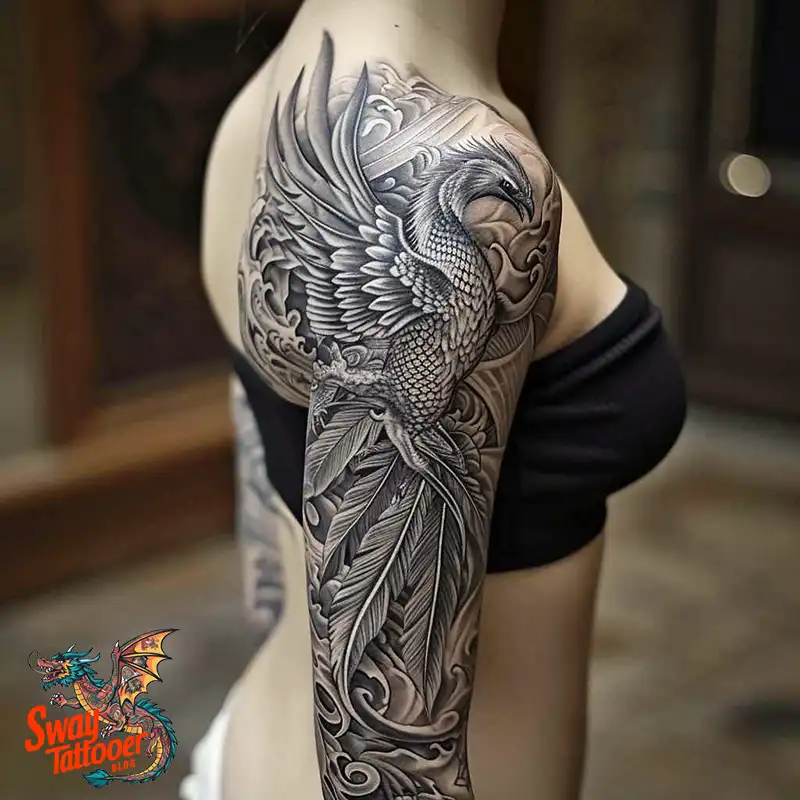
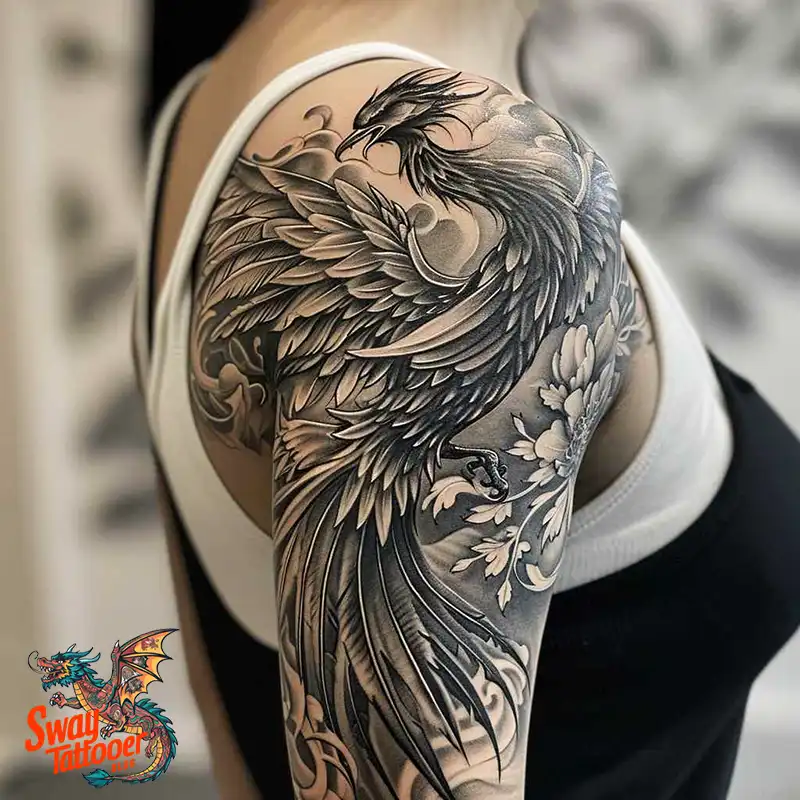
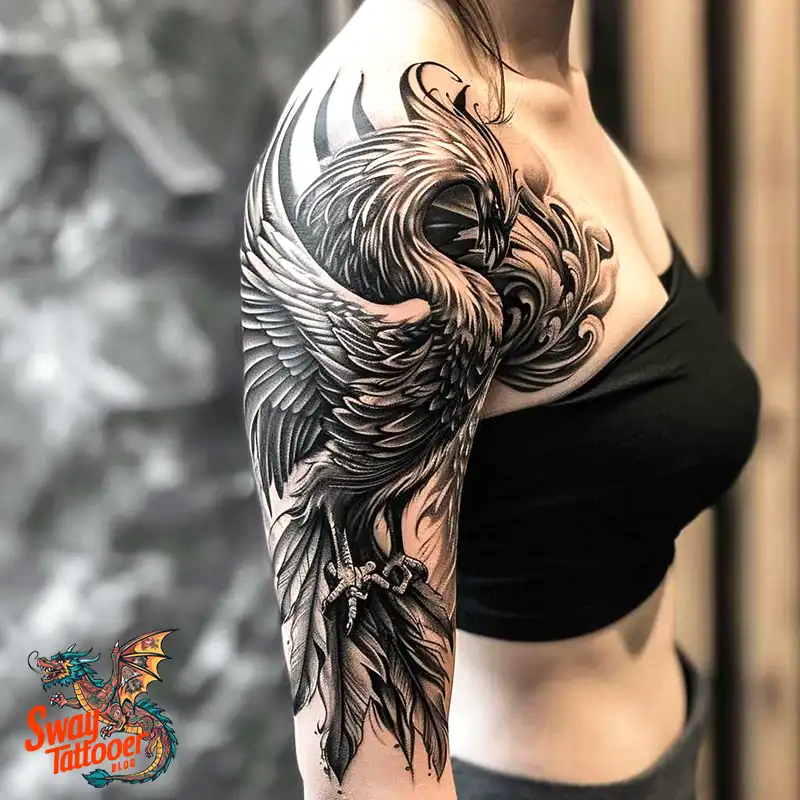
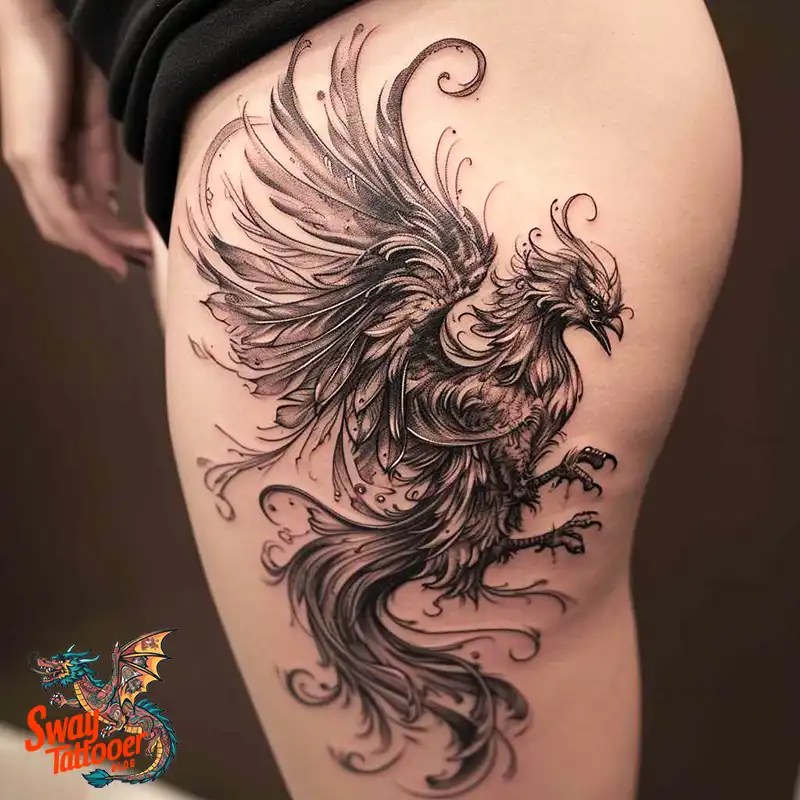
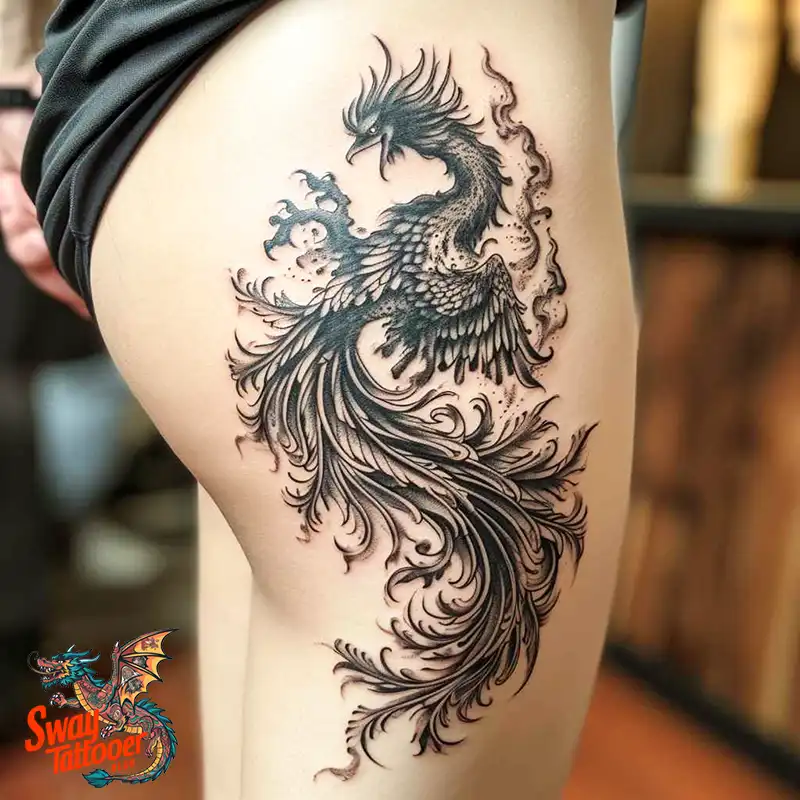
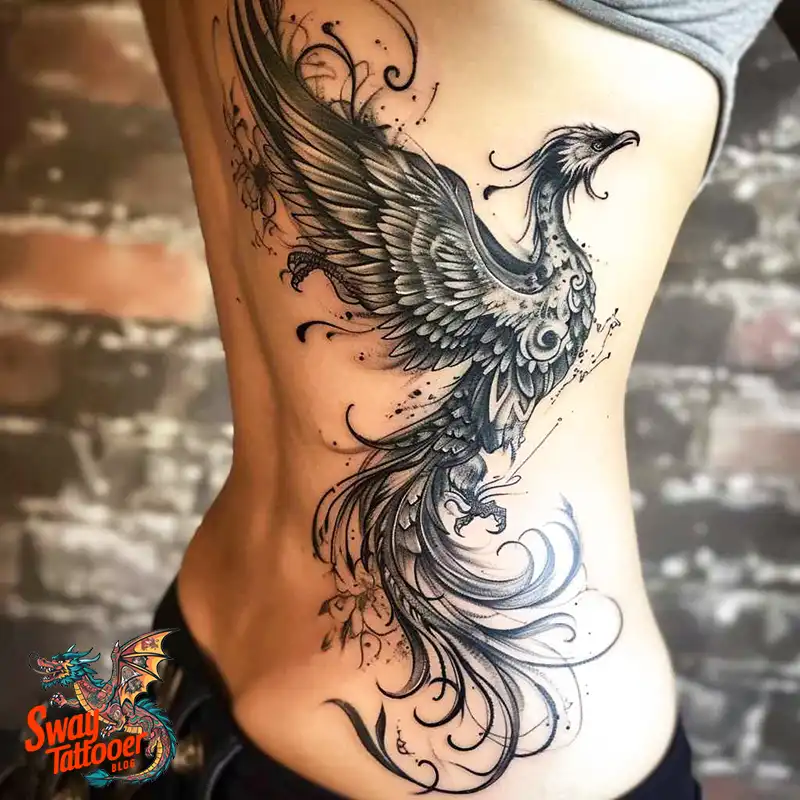
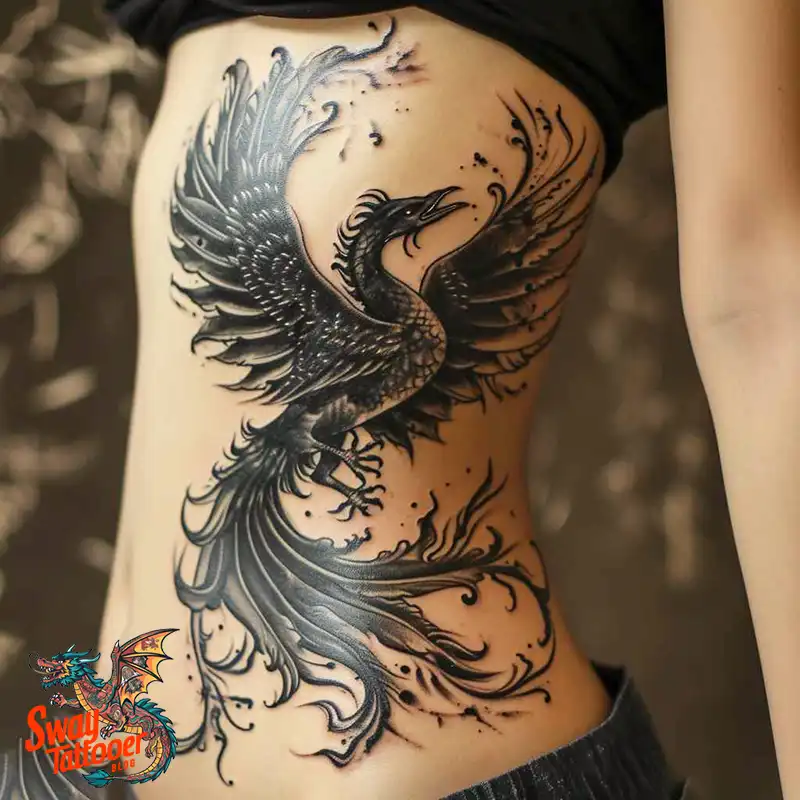
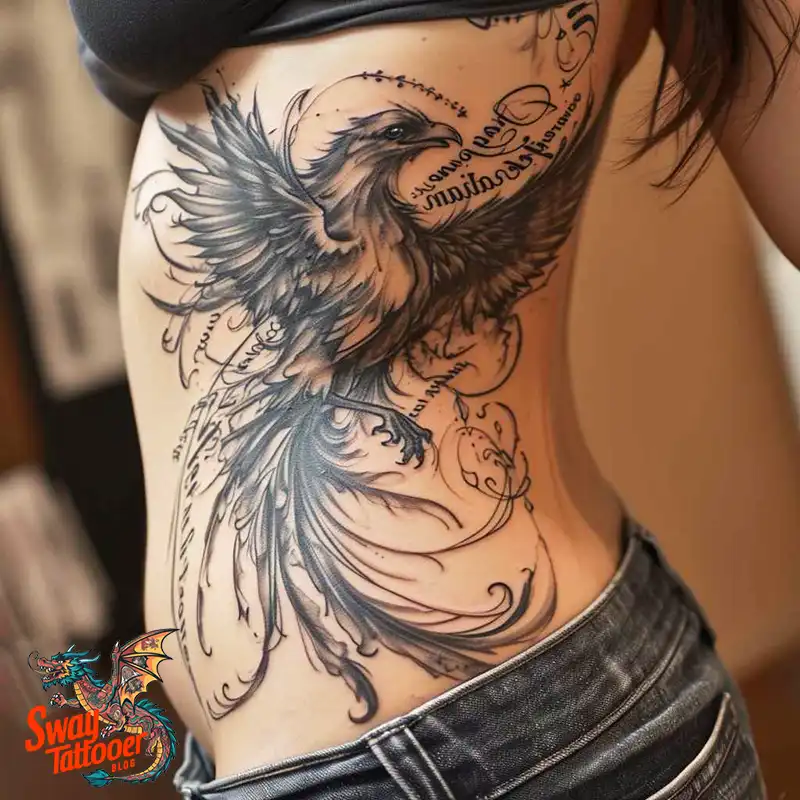

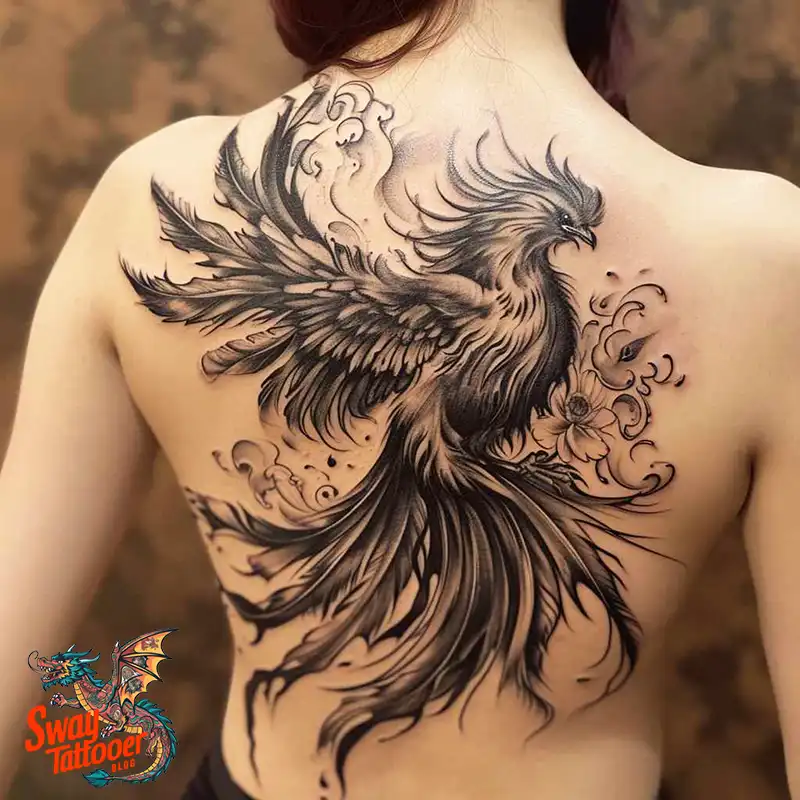
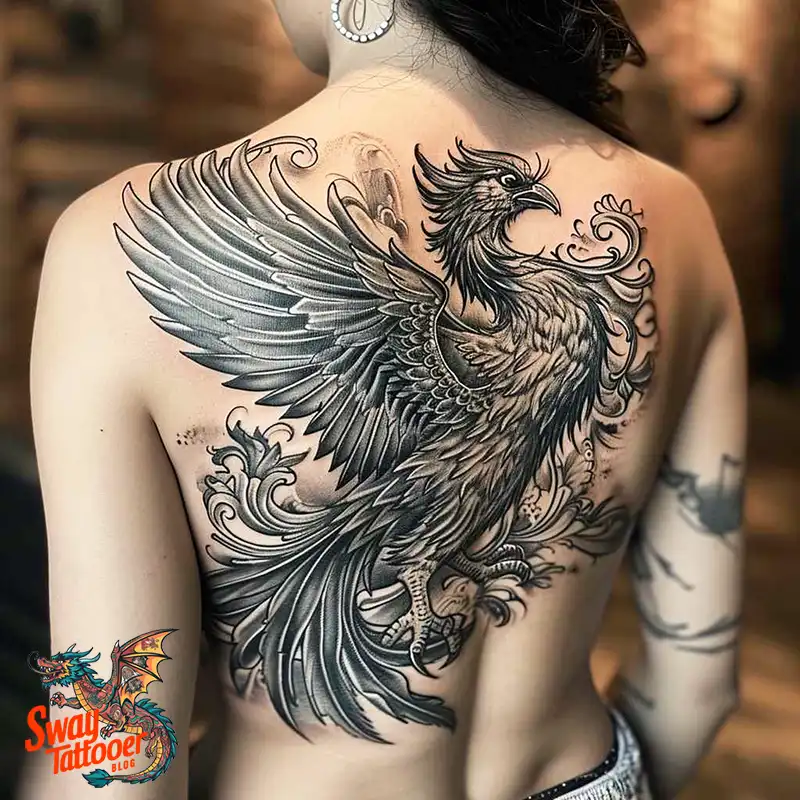
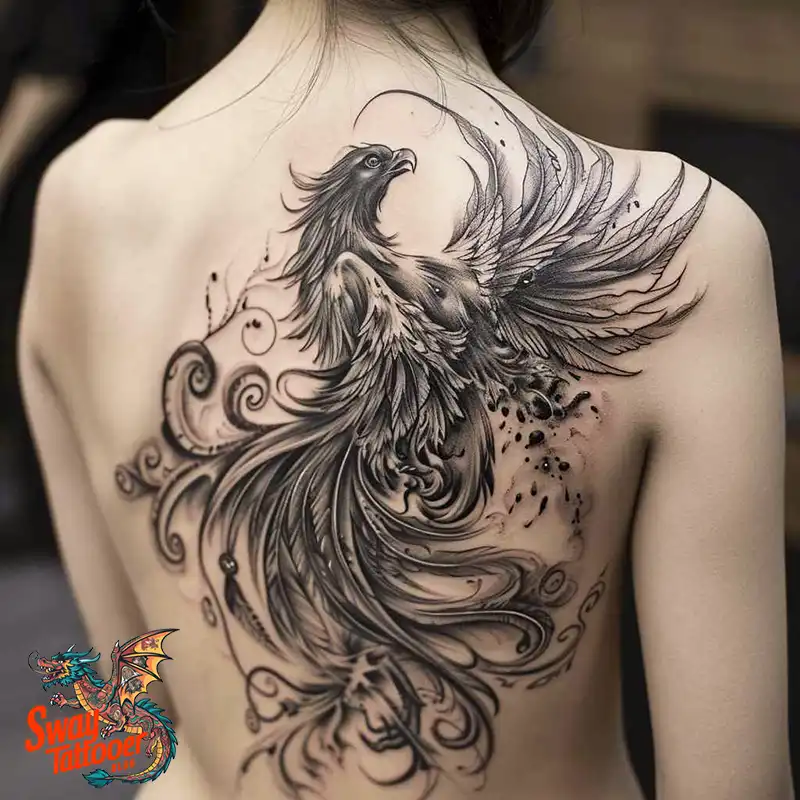



FAQs:
Frequently Asked Questions (FAQ) About Phoenix Tattoos
1. What does a phoenix tattoo symbolize?
Phoenix tattoos have deep meaning. They usually stand for rebirth and new beginnings. In Greek myths, the phoenix rises from its own ashes, showing renewal and the cycle of life. They also mean strength, resilience, and change. Some cultures see the phoenix as a sign of eternal life.
2. What are the most popular design styles for phoenix tattoos?
There are many styles for phoenix tattoos. Some popular ones are:
- Traditional Japanese (Irezumi): Uses strong lines and bright colors. These designs often show the phoenix with waves, clouds, or cherry blossoms.
- Tribal: Uses bold black lines and simple shapes for a cool, clean look.
- Realistic: Tries to make the phoenix look like a real bird, with detailed feathers and a dynamic pose.
- Watercolor: Uses soft, flowing colors that look like a painting on the skin.
- Geometric: Combines the bird’s natural curves with modern shapes and patterns.
3. Which body placements are ideal for a phoenix tattoo?
The best spot for your tattoo depends on its size and style. Good places include:
- Back: Great for large, detailed designs that show off the full wingspan.
- Chest: A tattoo on the chest can look strong and protective.
- Arm or Sleeve: These spots are perfect for tattoos that wrap around and show movement.
- Thigh: Offers plenty of space for a detailed design and can be easily hidden.
- Ribcage: Although it may hurt more, the ribcage gives a tall, vertical space for a flying phoenix.
4. How painful is getting a phoenix tattoo?
Pain levels vary for each person. Large, detailed tattoos can take many hours and might hurt more. Some areas, like the ribcage, spine, and inner arm, are more painful because the skin is thinner and close to bone. Areas with more muscle or fat, such as the upper arm or thigh, usually hurt less. Talk to your tattoo artist about pain relief options.
5. How should I take care of my phoenix tattoo while it heals?
Good aftercare is key to keeping your tattoo bright and clear. Follow these tips:
- Follow Instructions: Always do what your tattoo artist tells you.
- Clean Gently: Wash your tattoo with mild, unscented soap and warm water.
- Dry Carefully: Pat the area dry with a clean towel.
- Moisturize: Apply a thin layer of unscented lotion or a special tattoo cream.
- Avoid the Sun: Keep your tattoo out of direct sunlight. Use sunscreen once it has healed.
- No Soaking: Do not soak your tattoo in baths, pools, or hot tubs until it is fully healed.
- Wear Loose Clothes: This helps avoid friction and irritation.
Conclusion
Phoenix tattoos have long fascinated tattoo lovers all over the world. They carry deep meanings and beautiful designs that can be very personal. The phoenix comes from ancient stories. In old cultures, it stood for rebirth, new beginnings, and eternal life. We have seen many styles, from old to modern, each adding its own touch to this majestic bird.
Phoenix tattoos are strong symbols of change, determination, and the circle of life. They are a great choice for anyone who has gone through big changes or wants to show hope and strength. You can choose a detailed, colorful design or a simpler, symbolic one. This way, your tattoo can match your own life and dreams.
We also talked about how to choose the right artist, understand the deep meaning behind the phoenix, and pick the best spot on your body. Taking these steps makes sure your tattoo not only looks amazing but also tells your unique story.
A phoenix tattoo is more than just art on your skin. It is a story, a symbol, and a sign of the human spirit that never gives up. If you are drawn to the magic and meaning of the phoenix, let this tattoo remind you that you can rise from any challenge and start anew with courage and kindness.


Leave a Reply